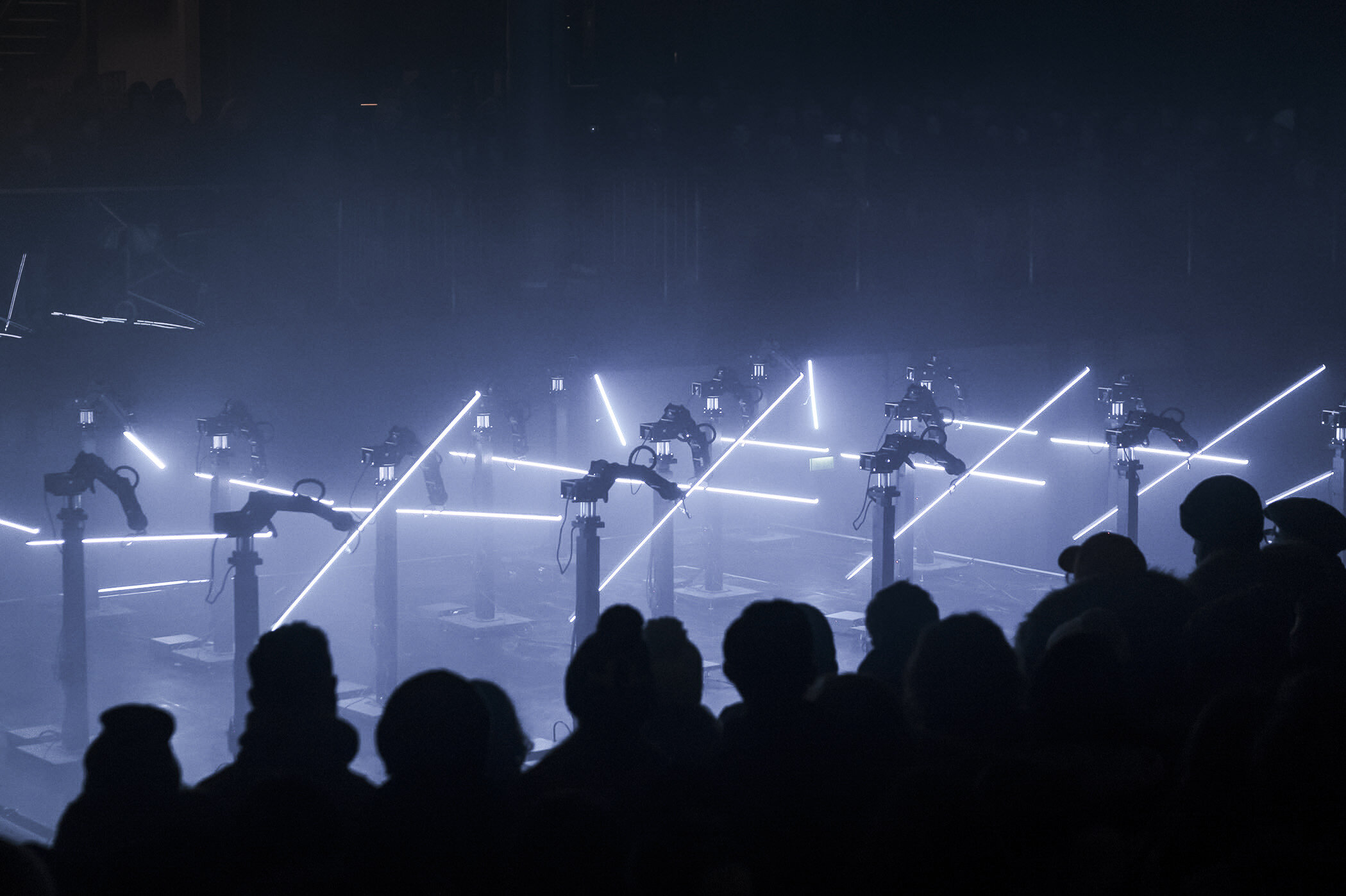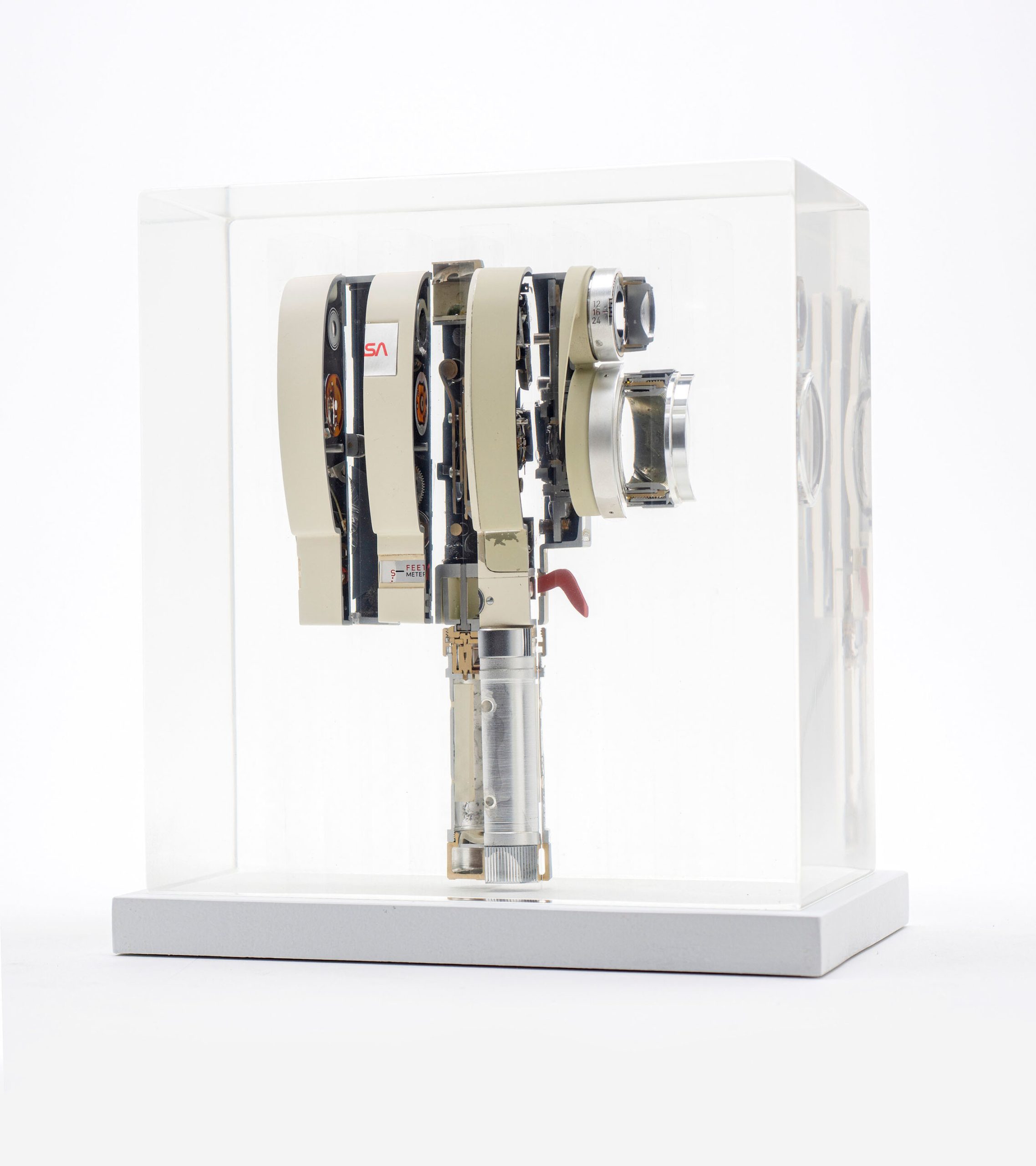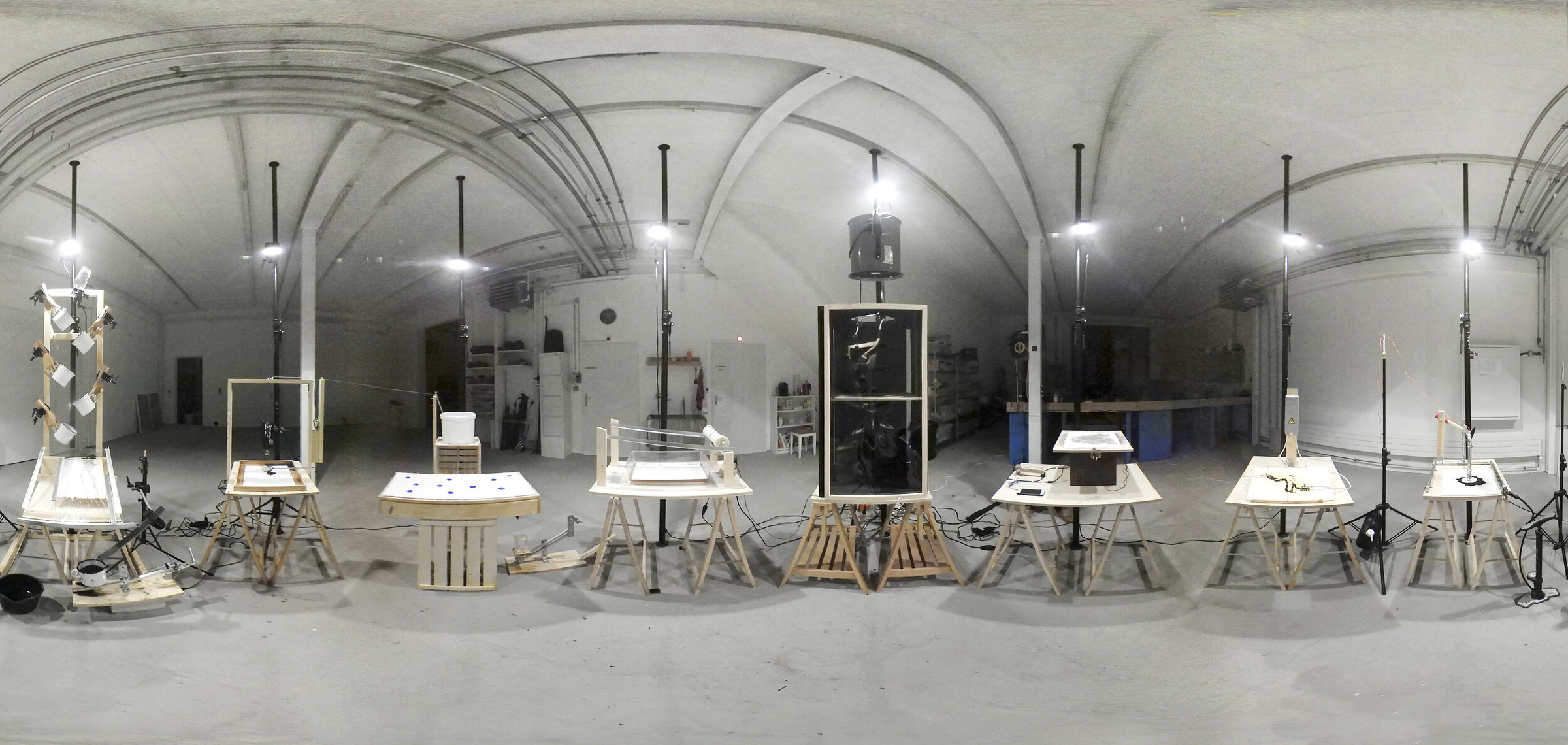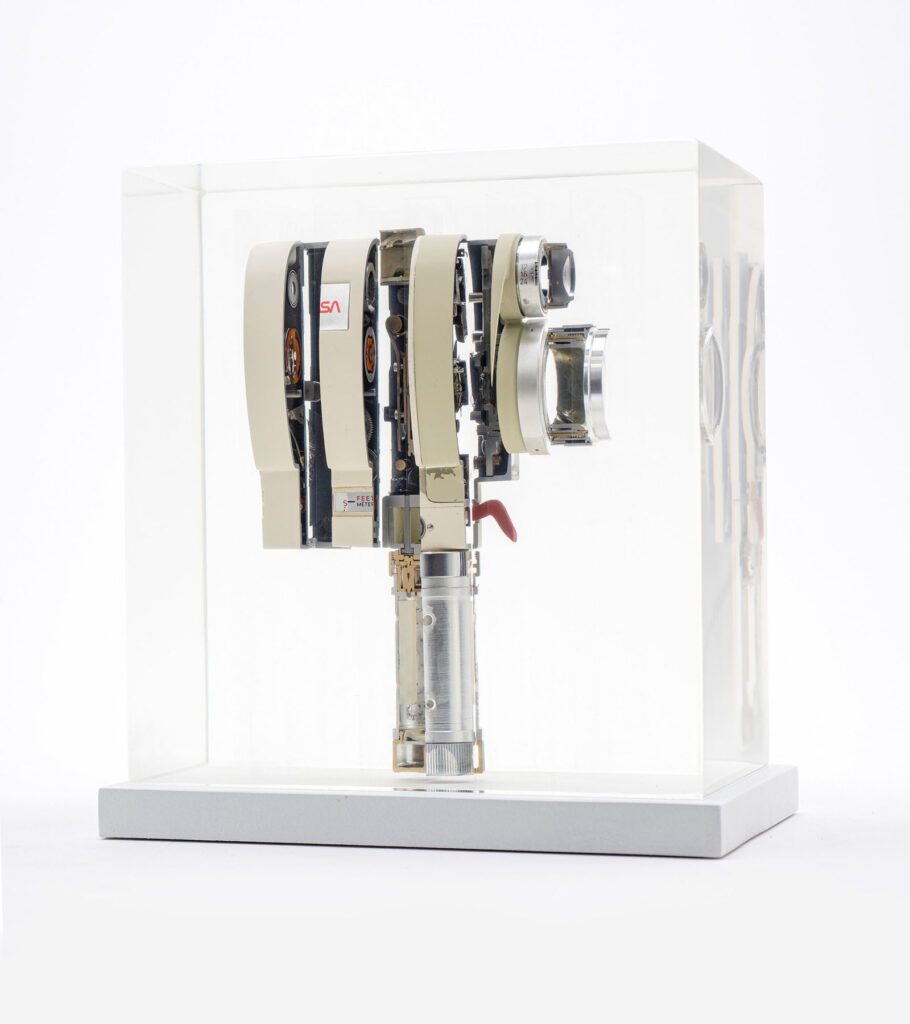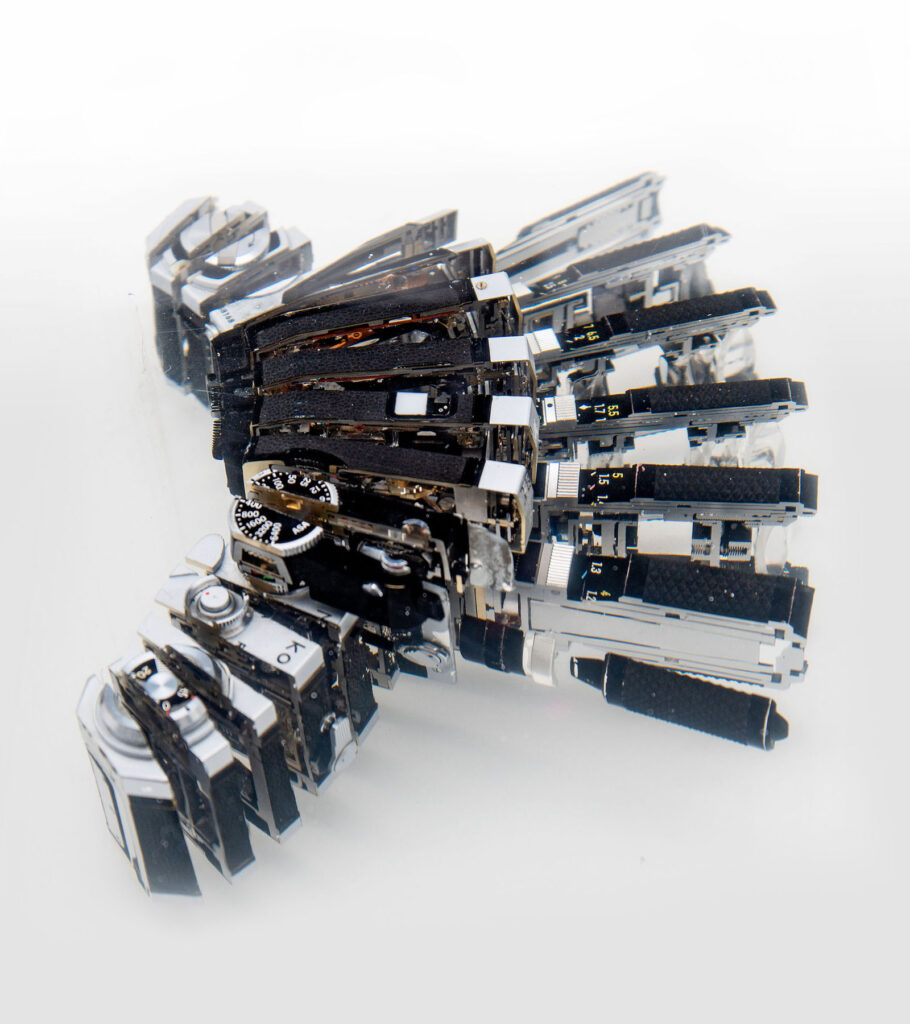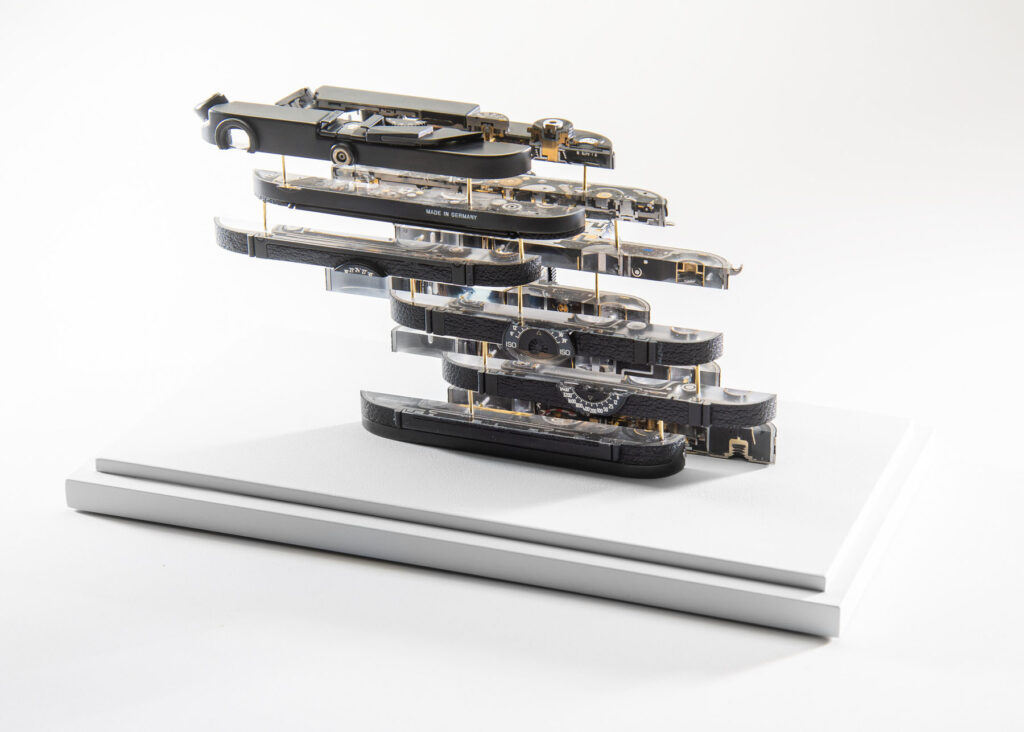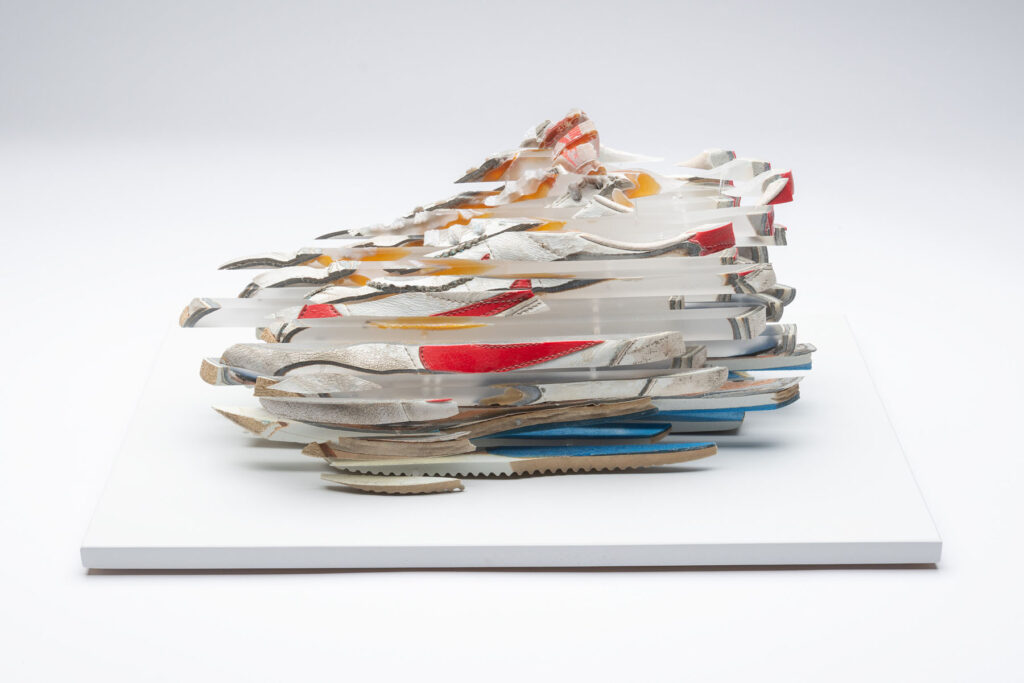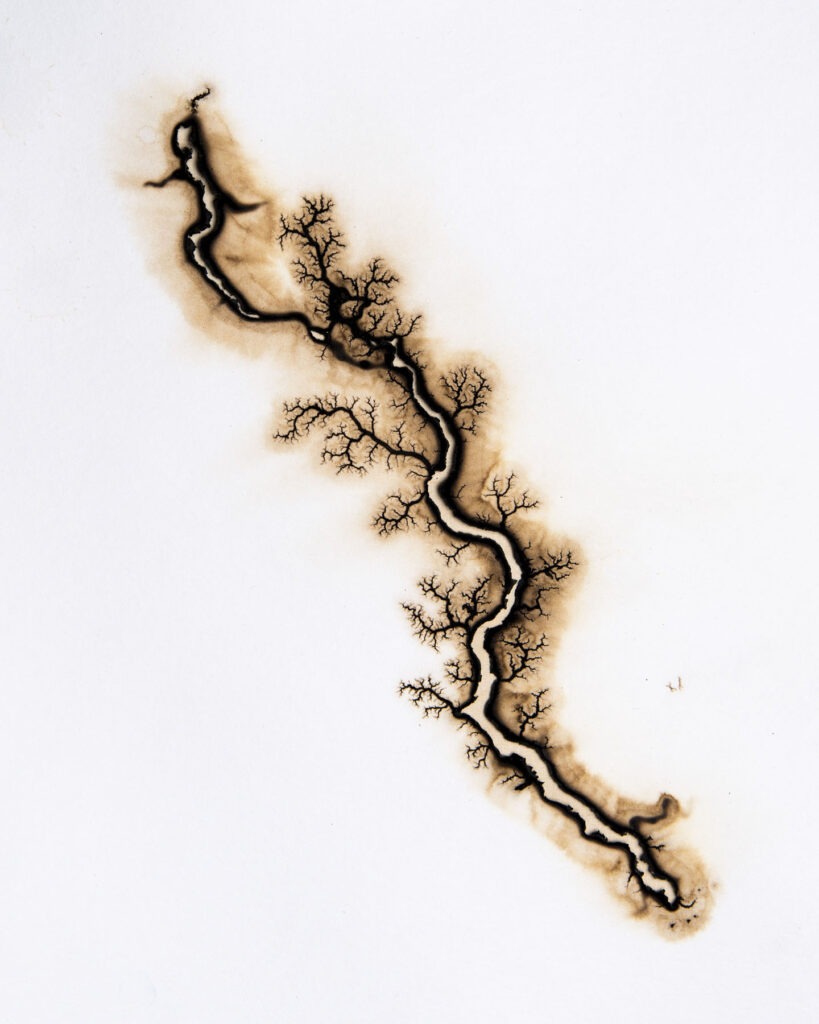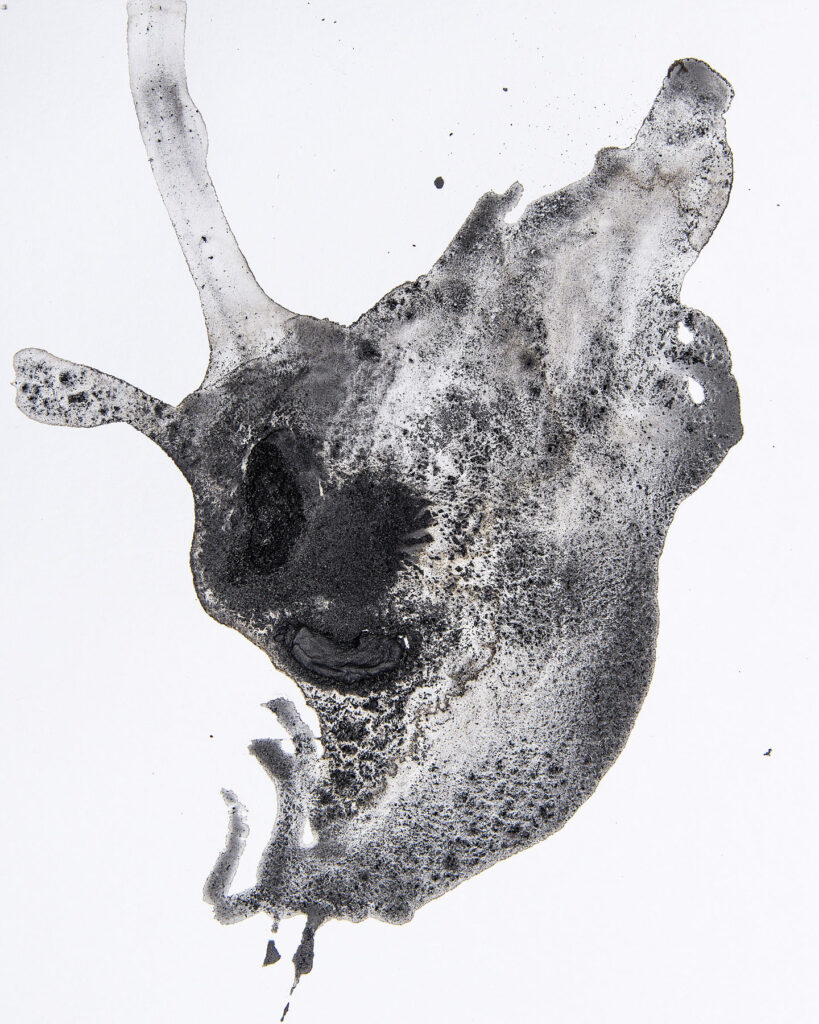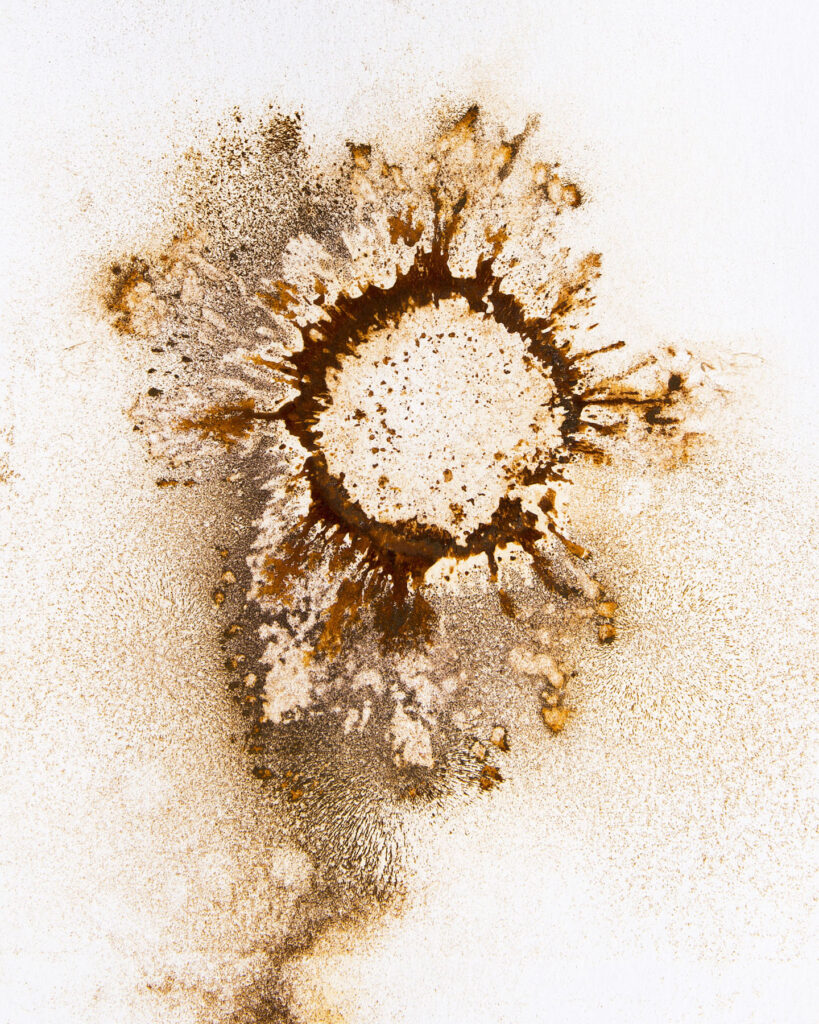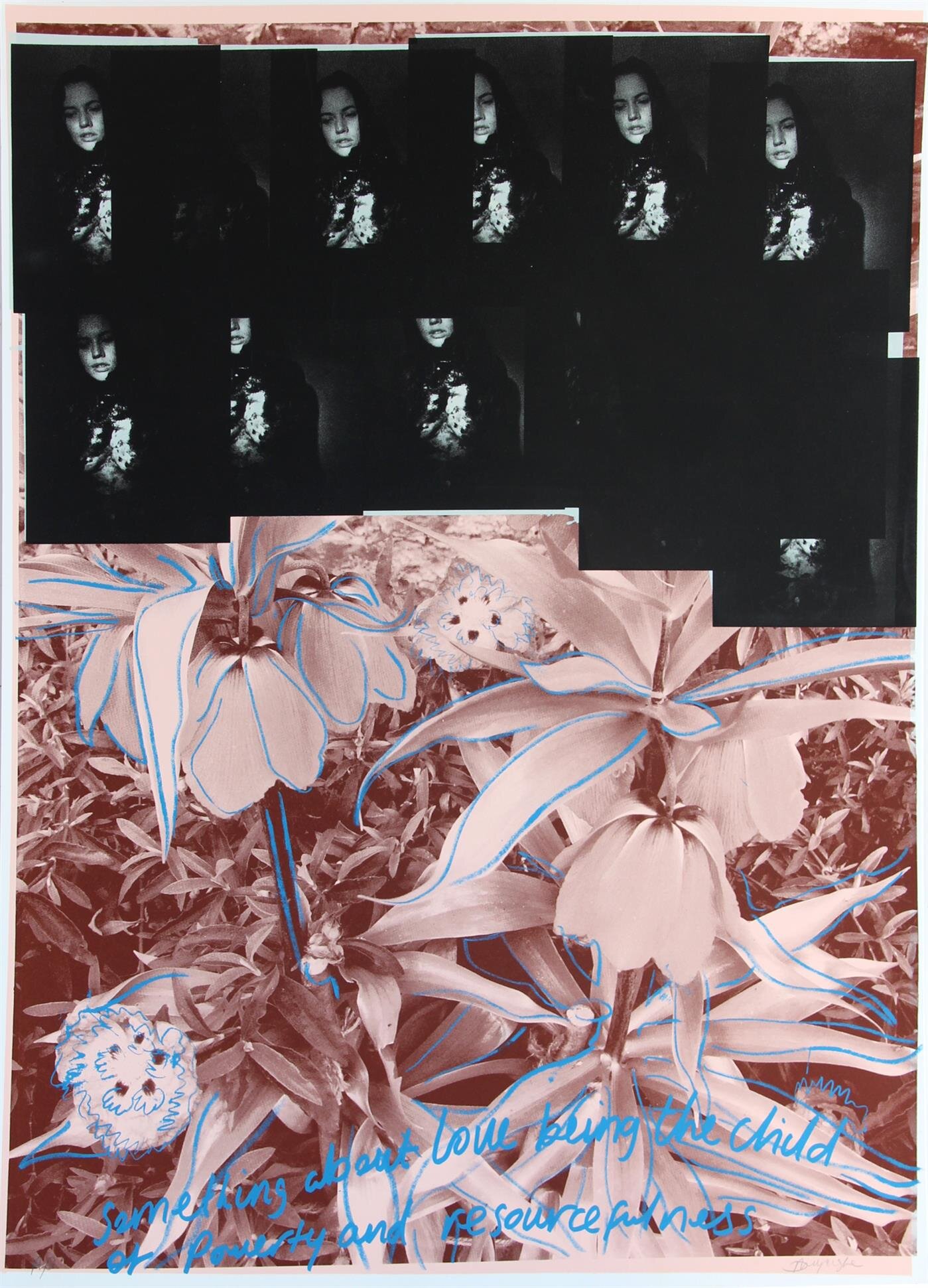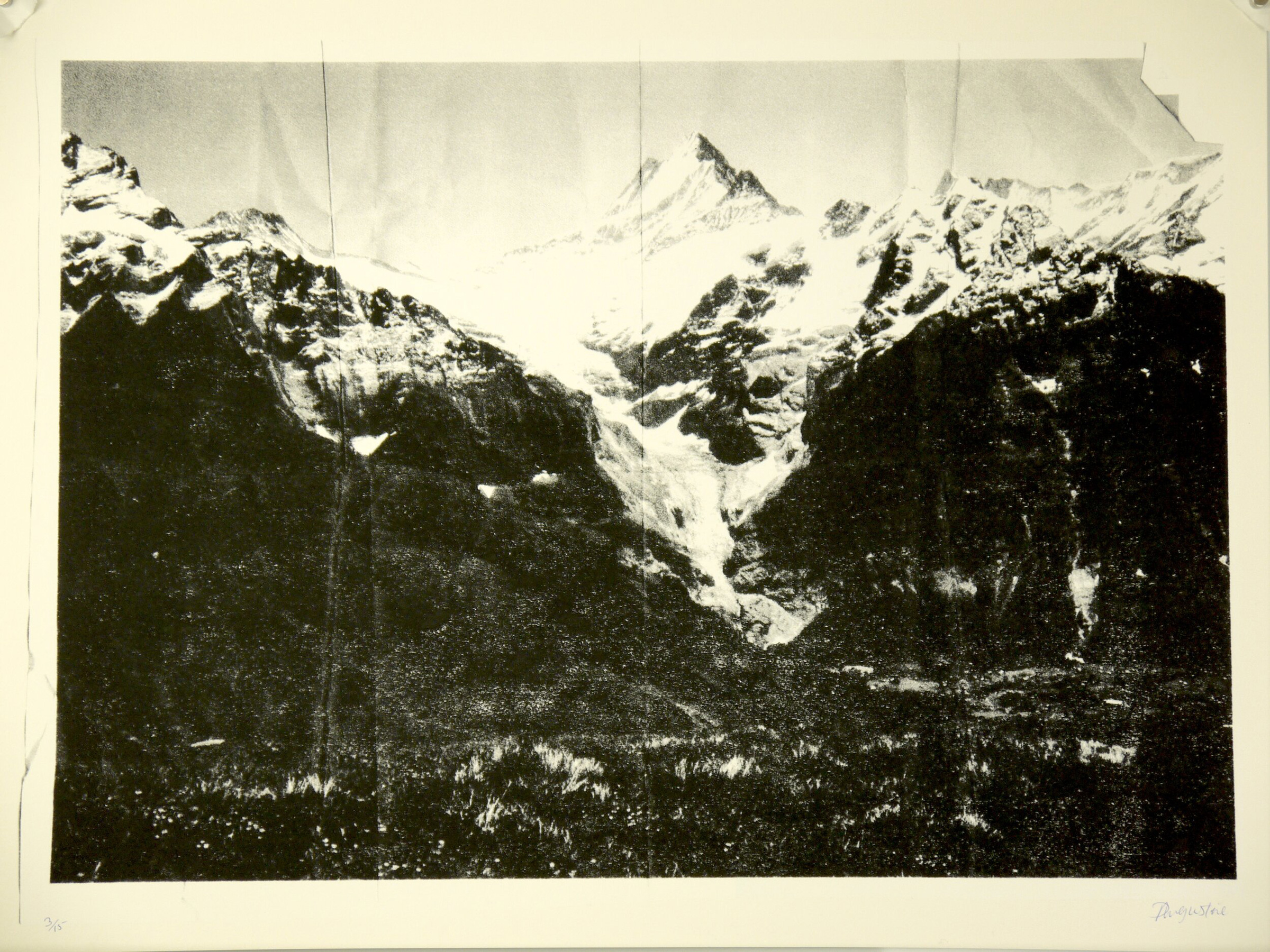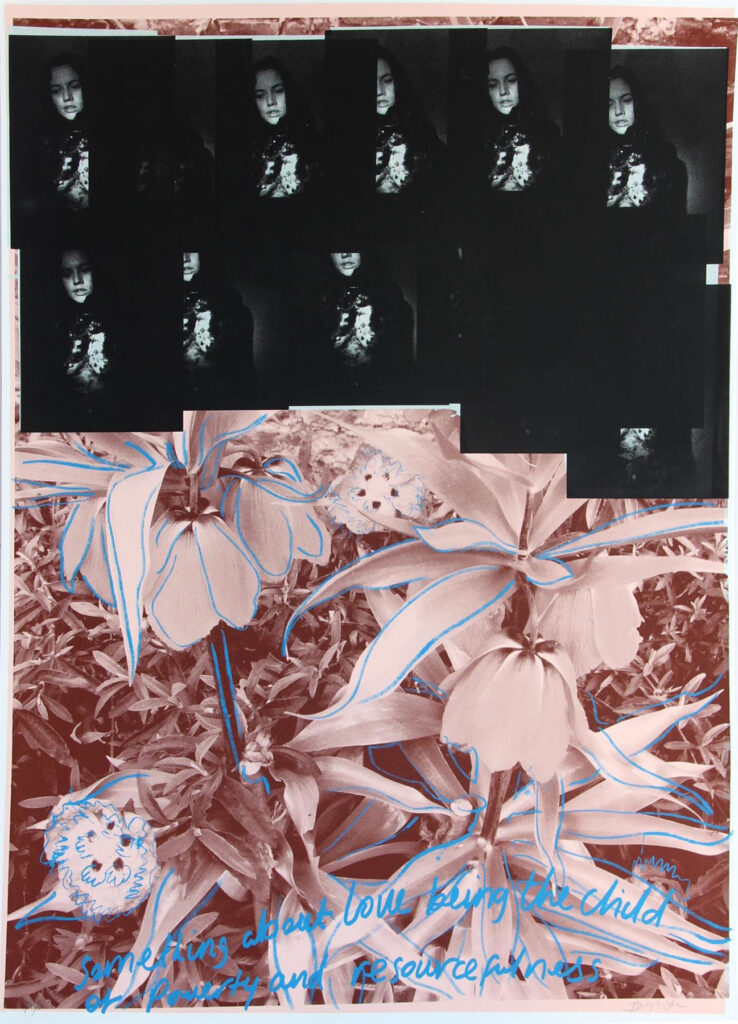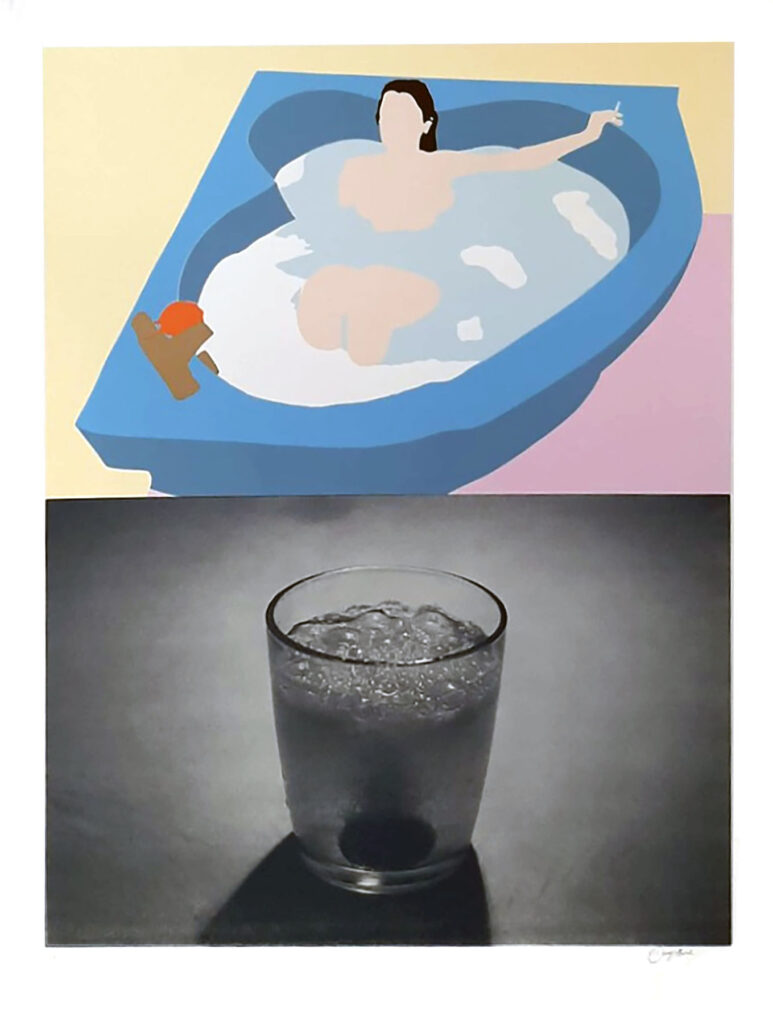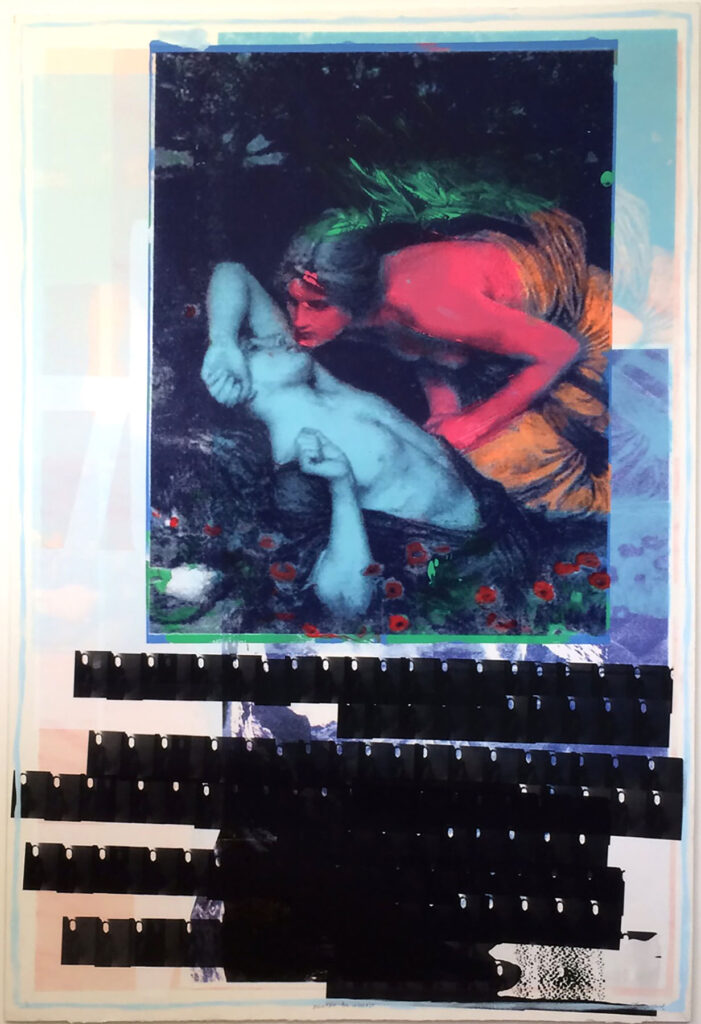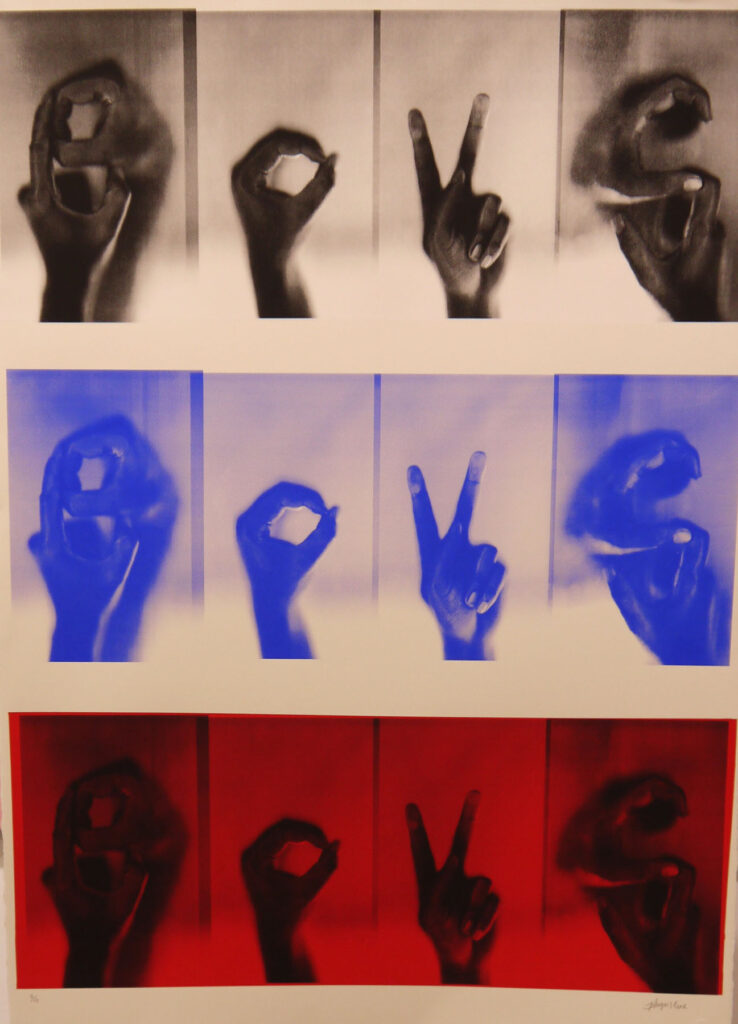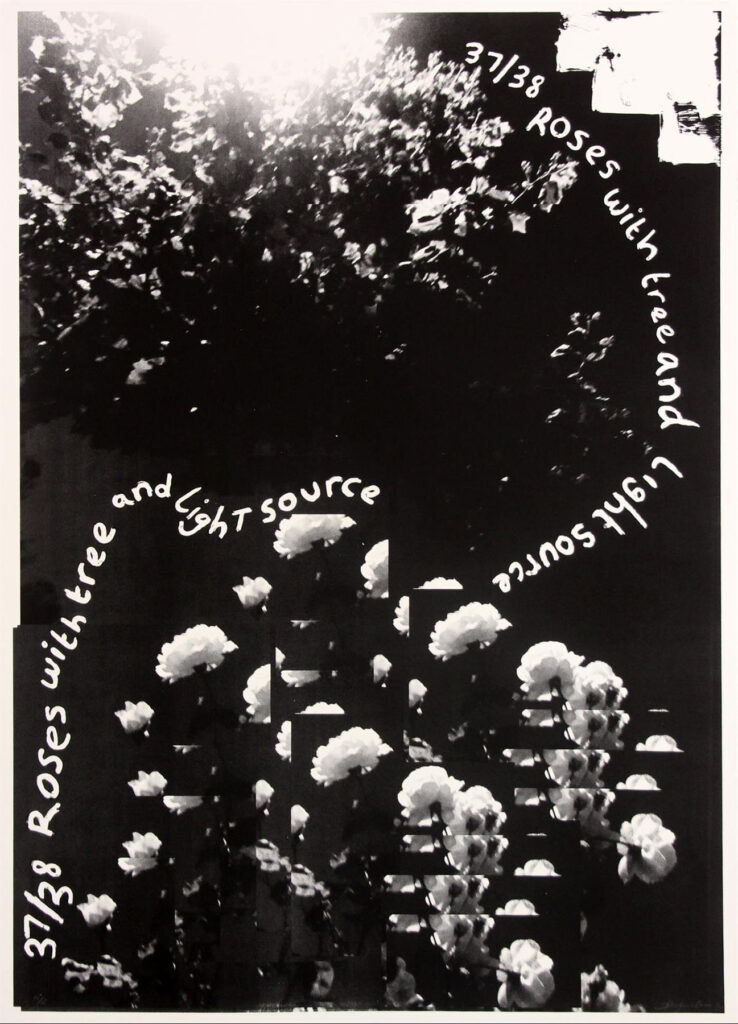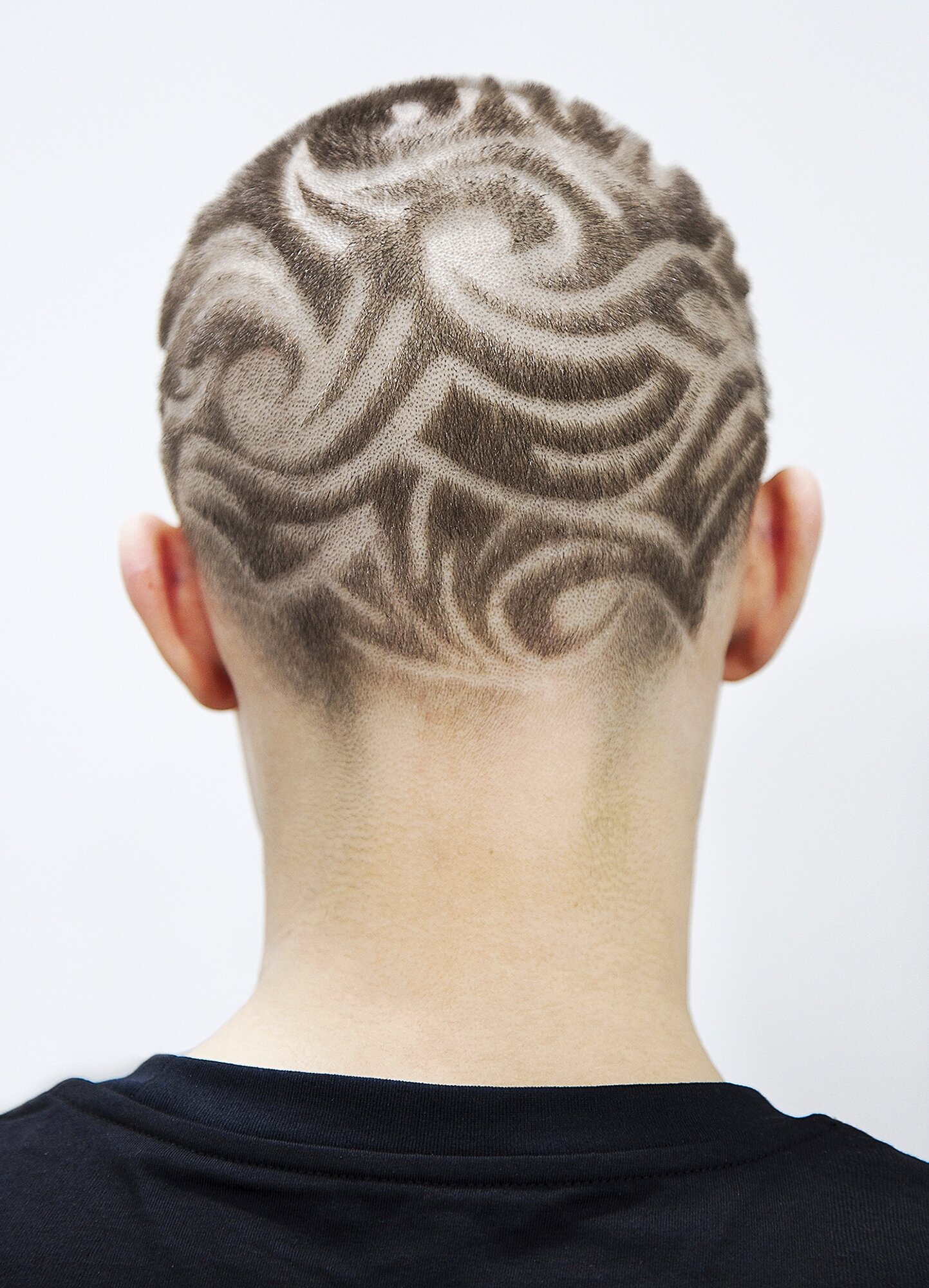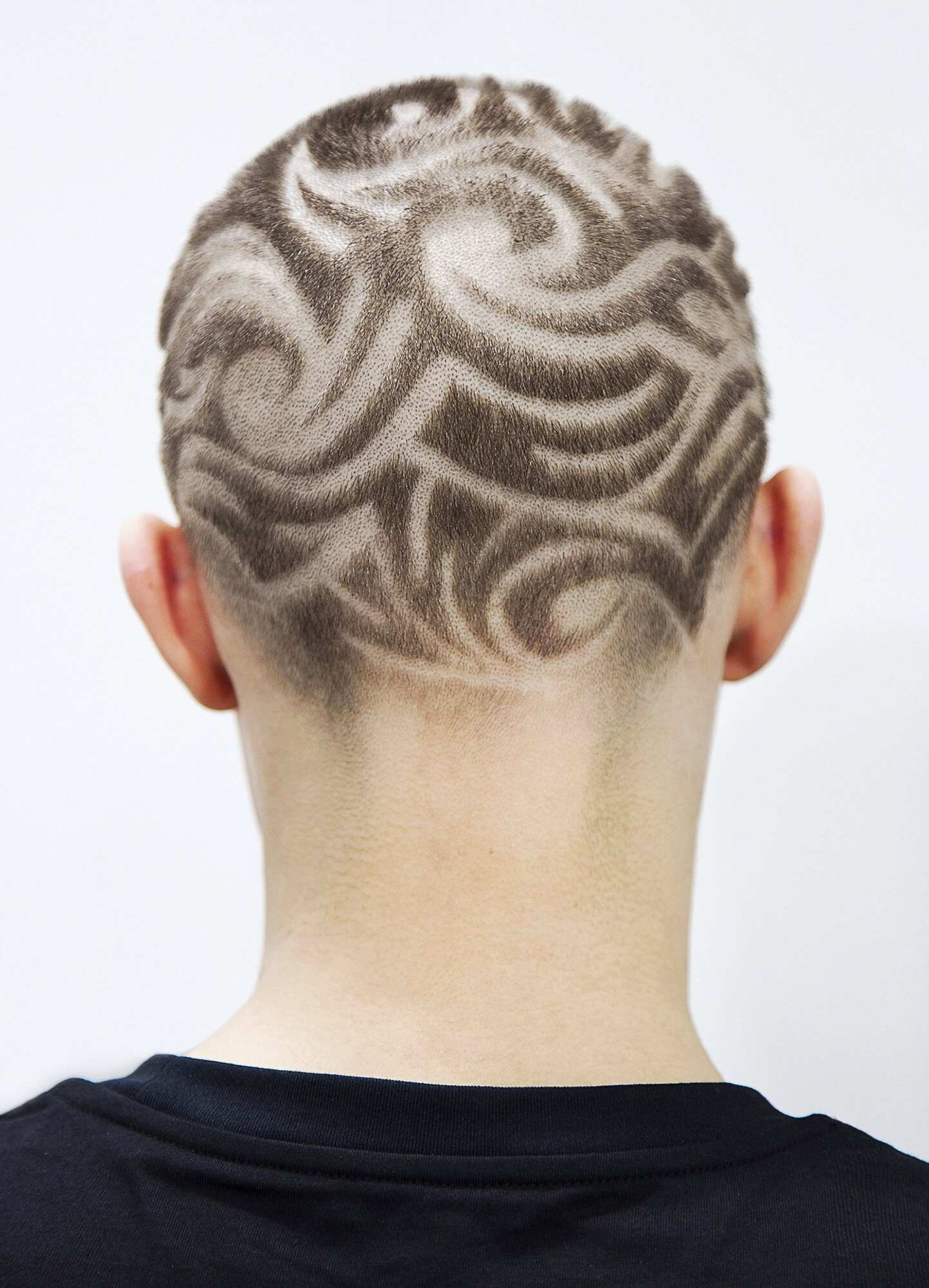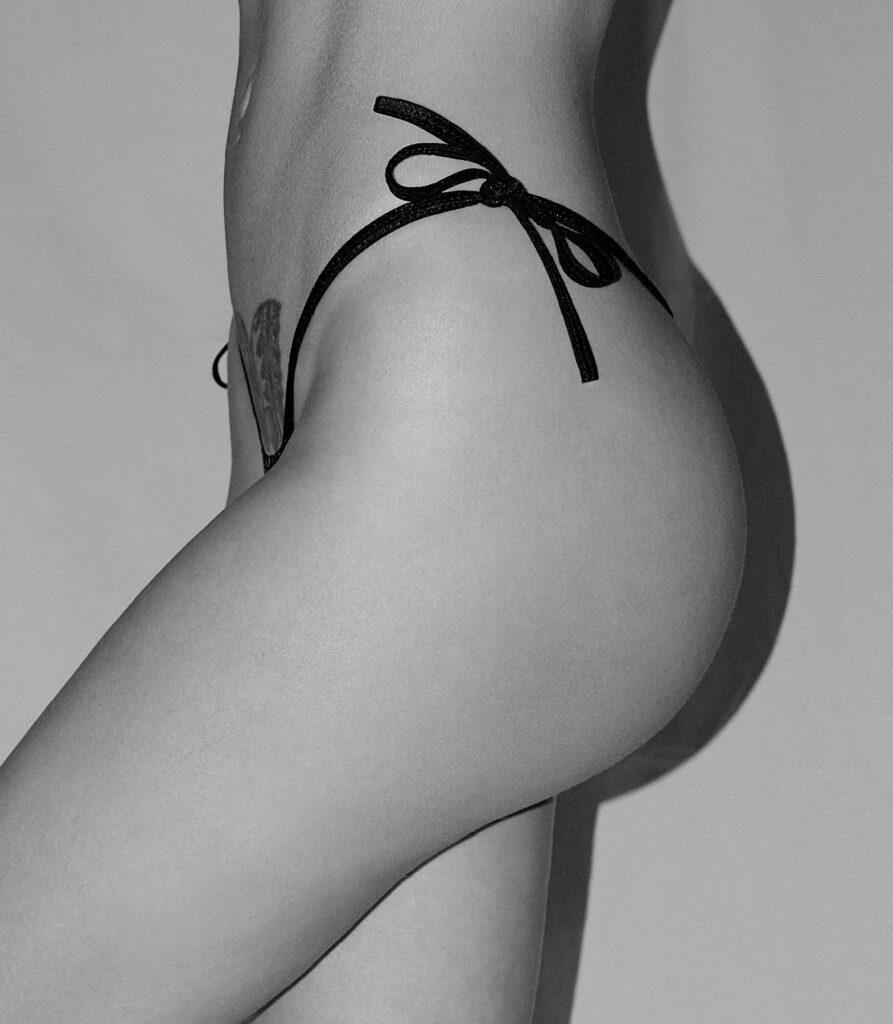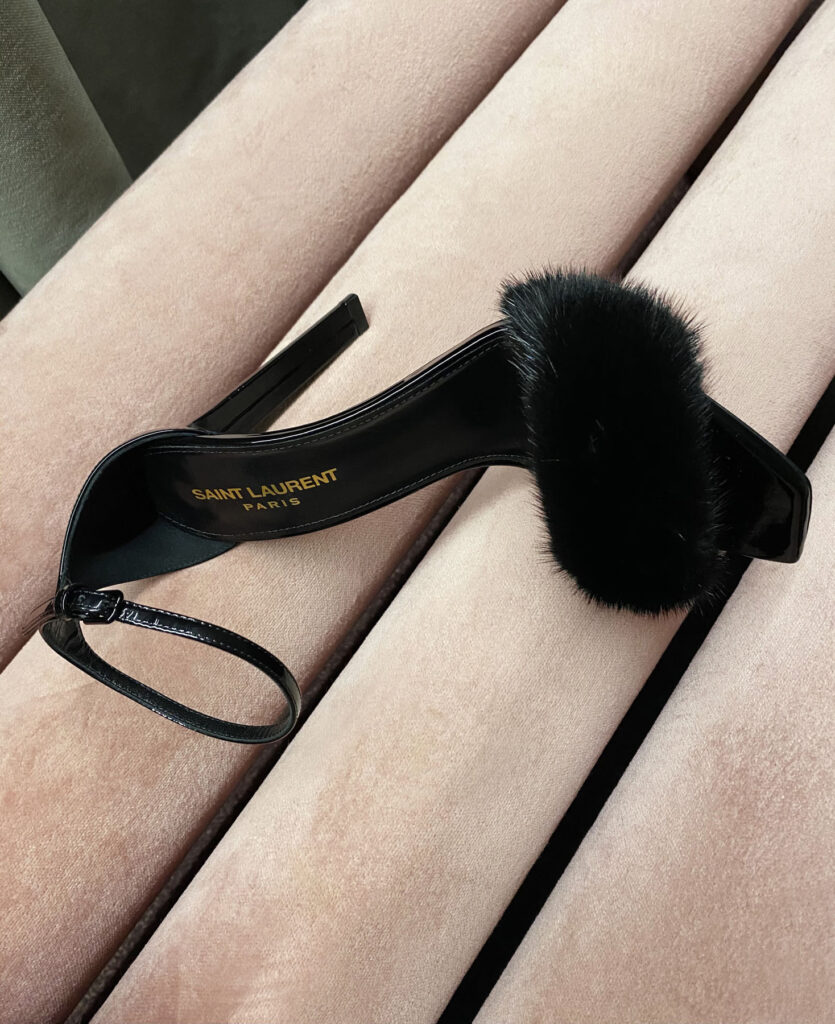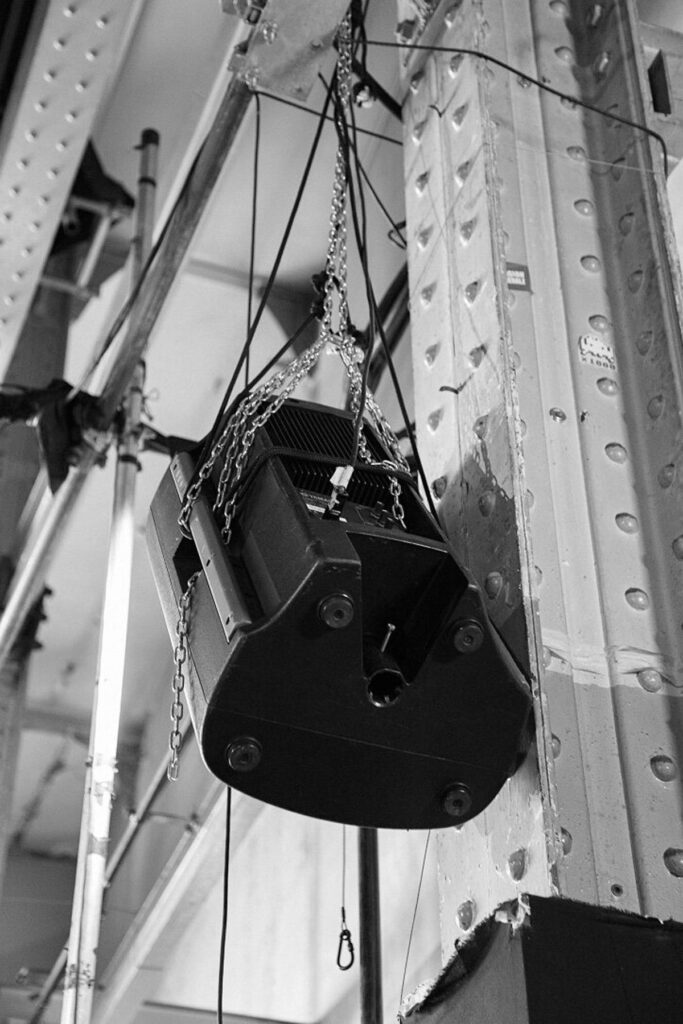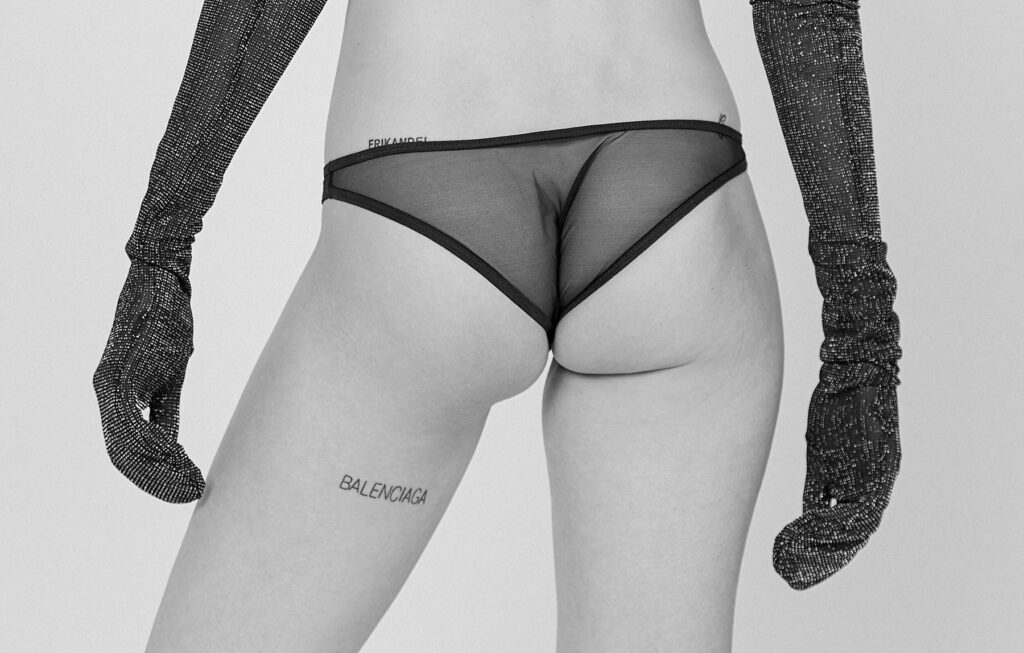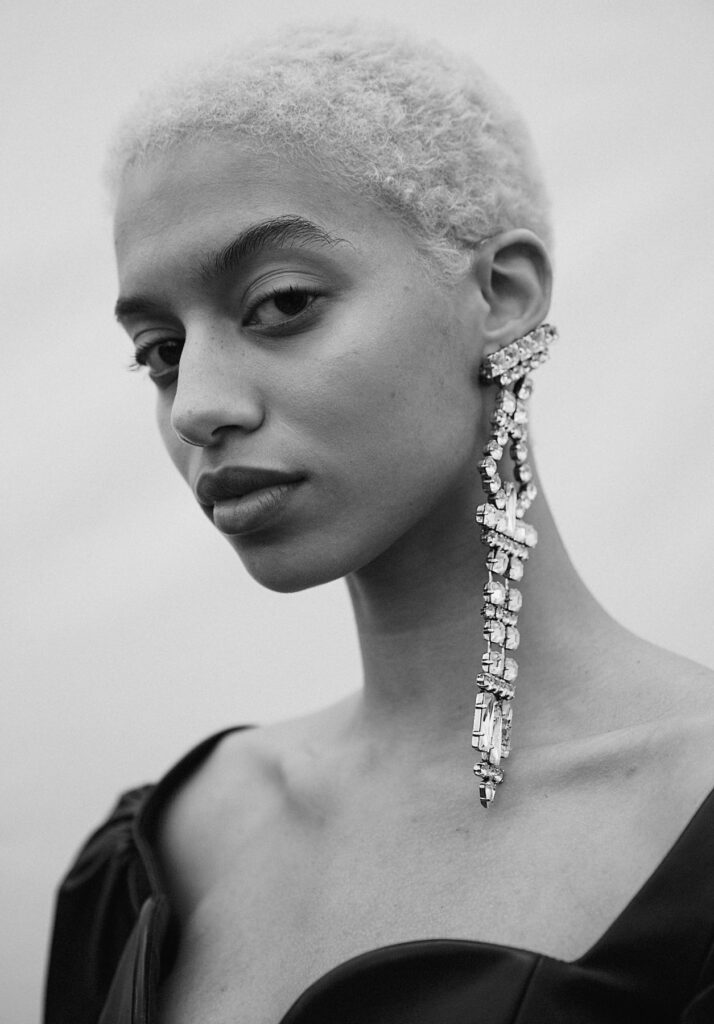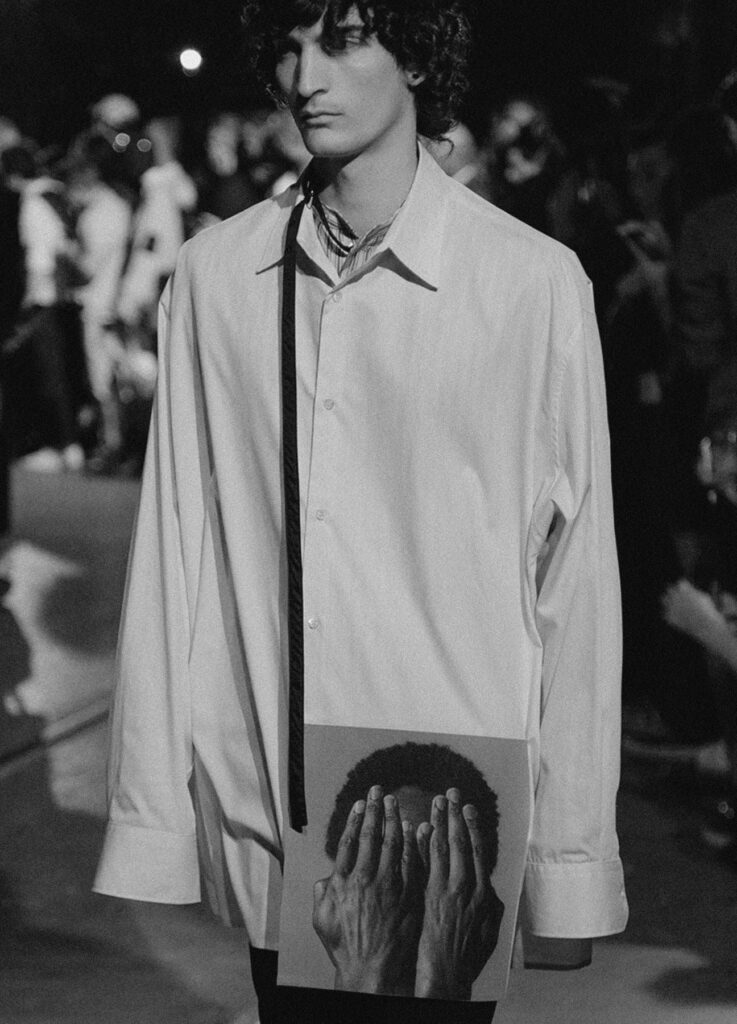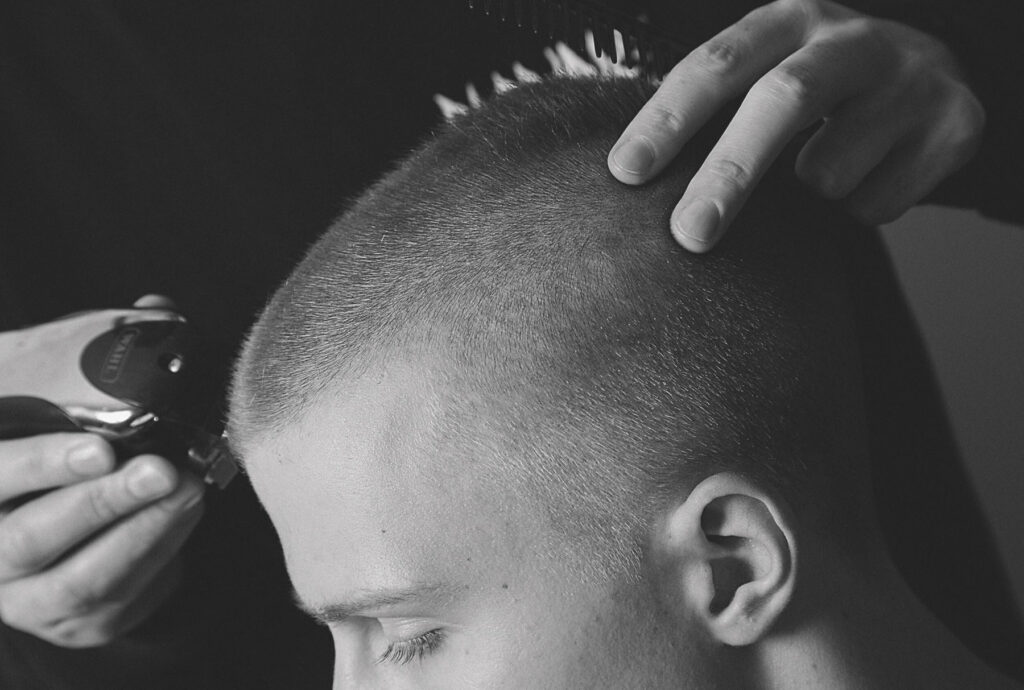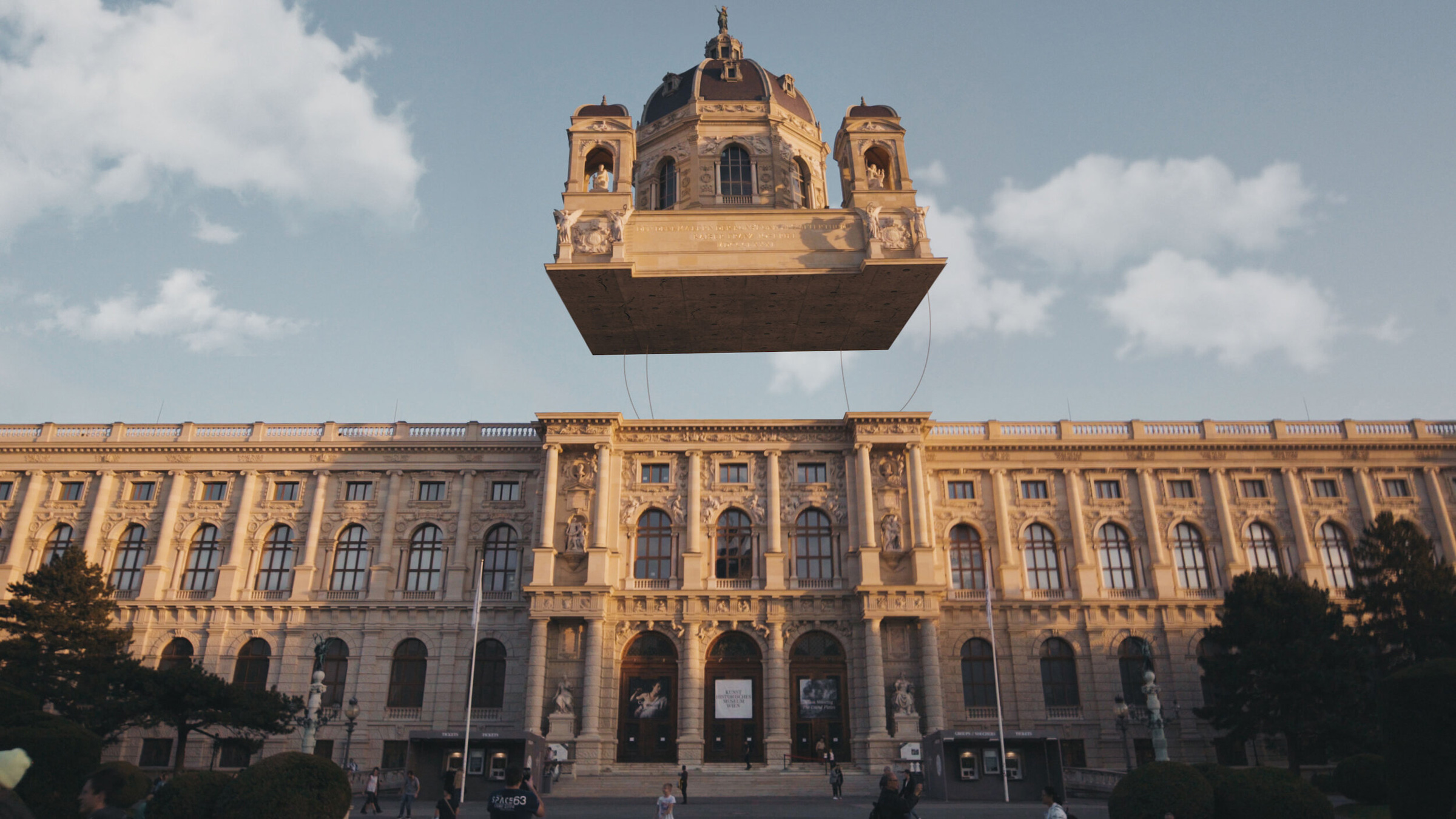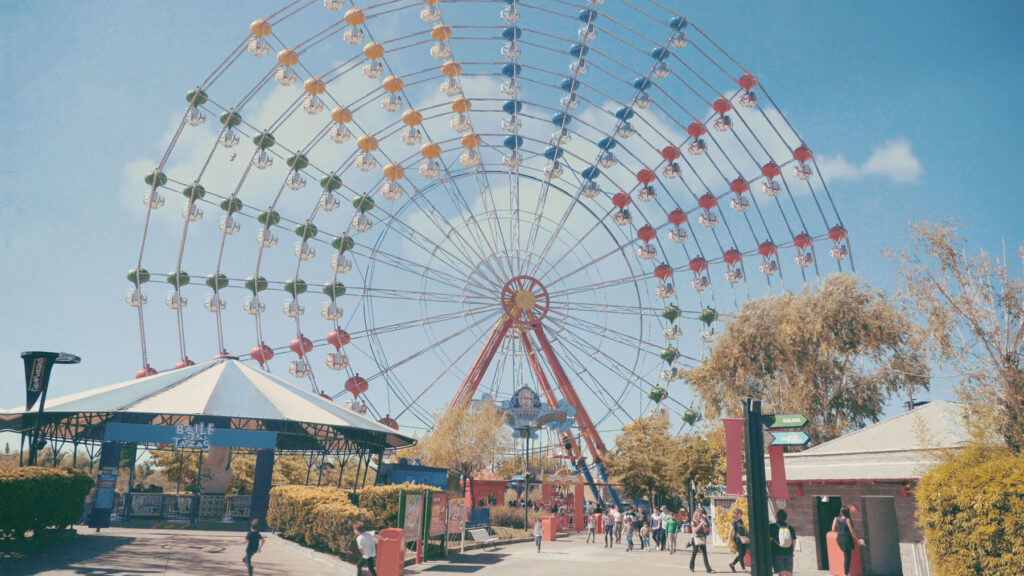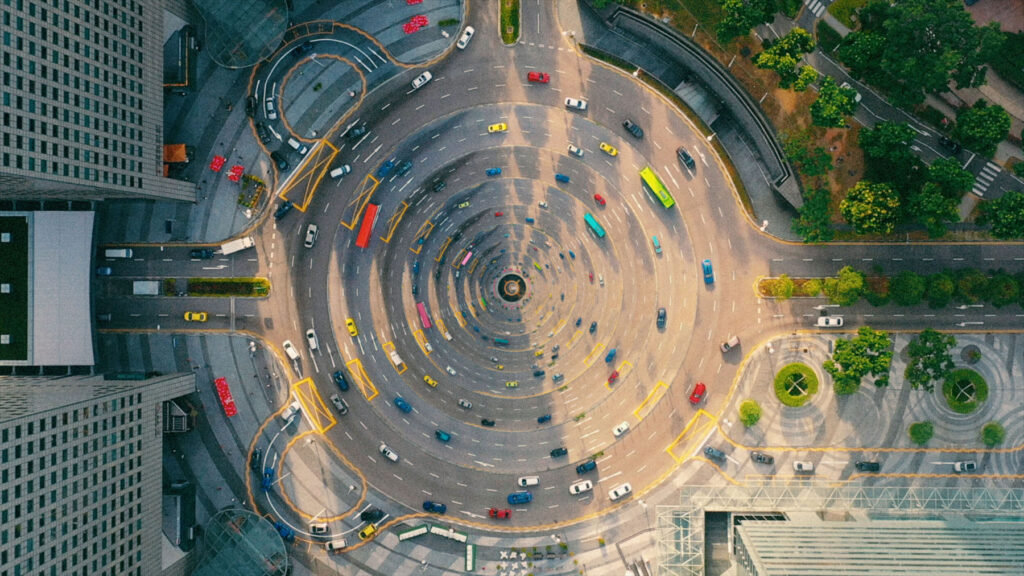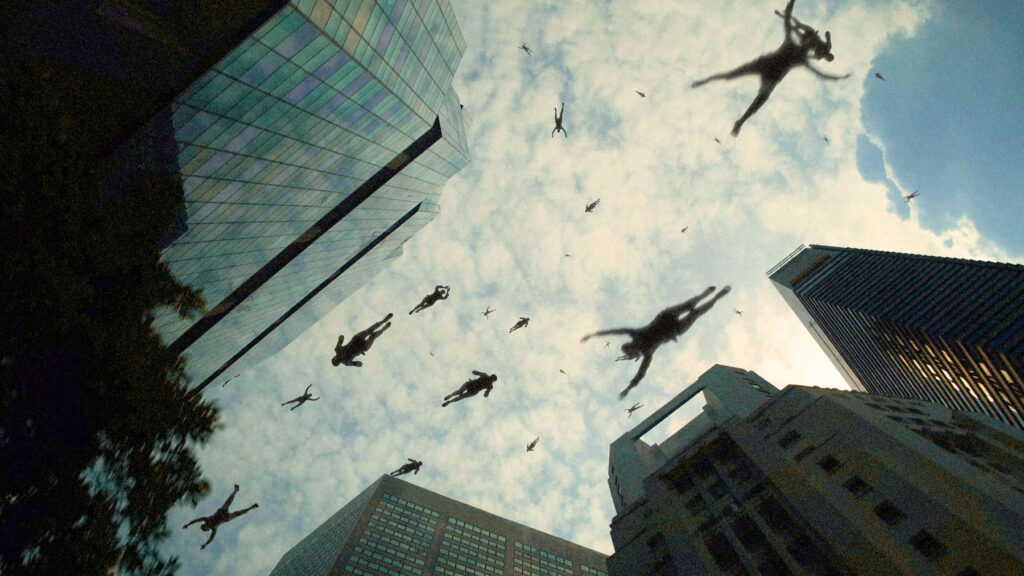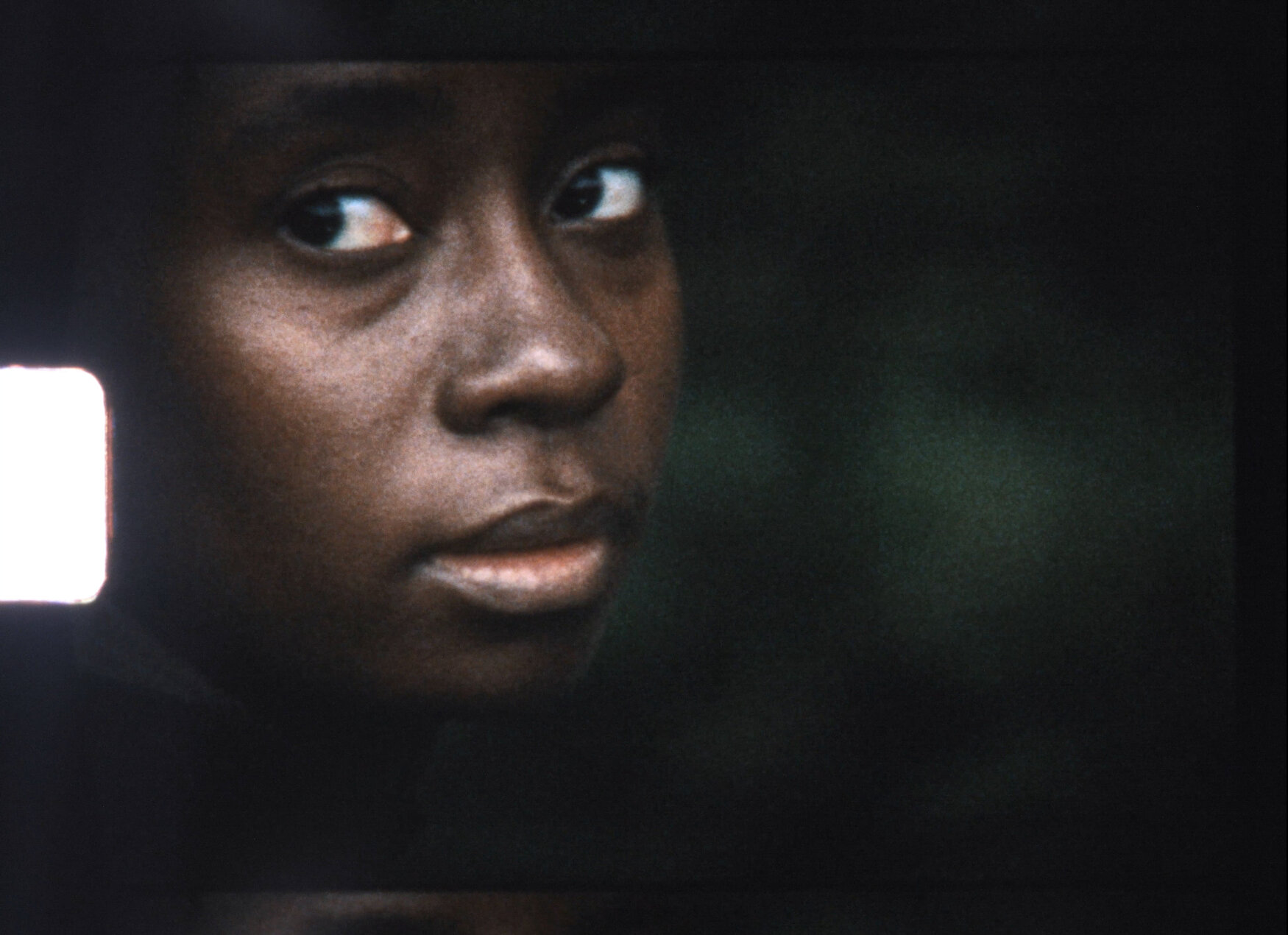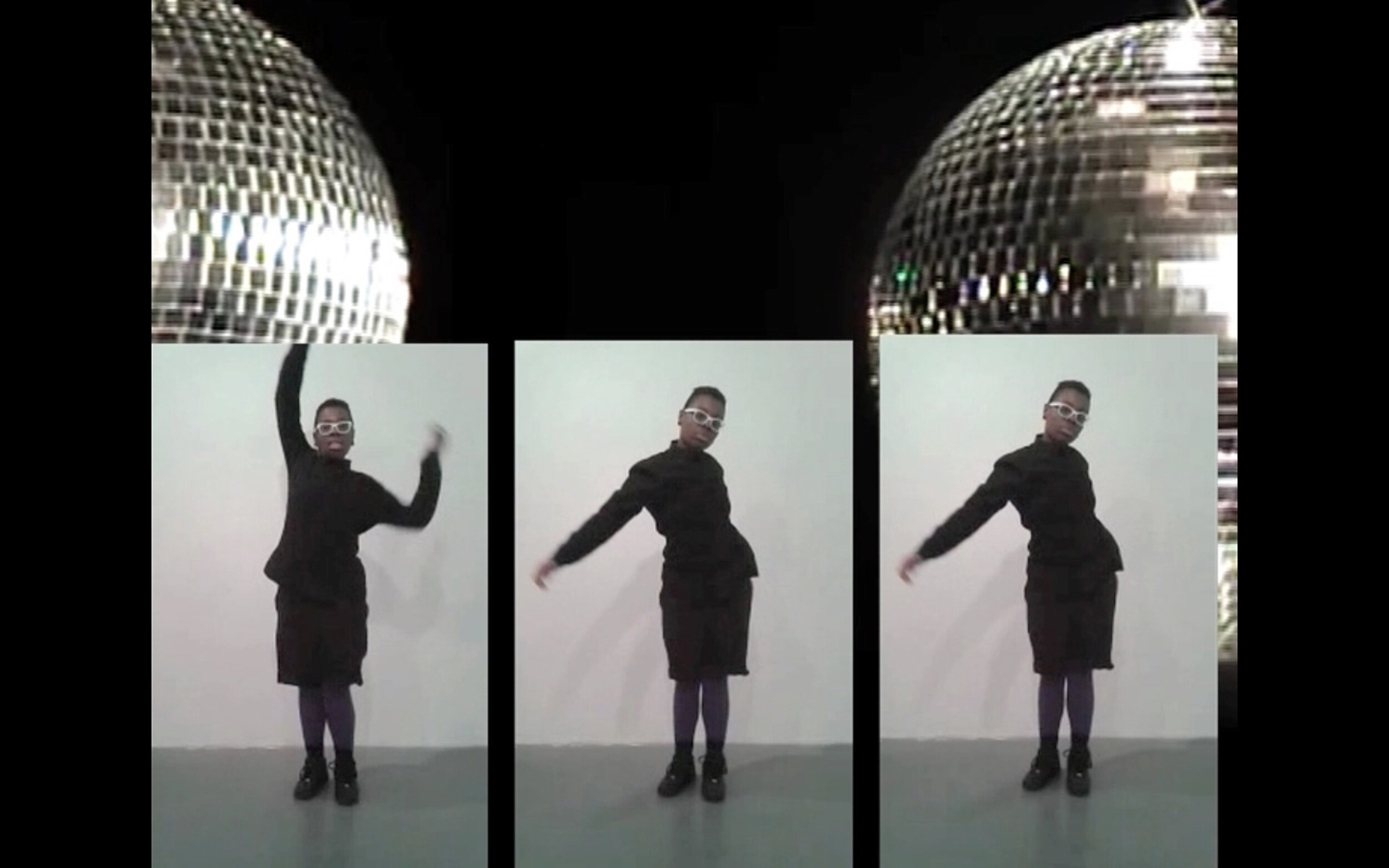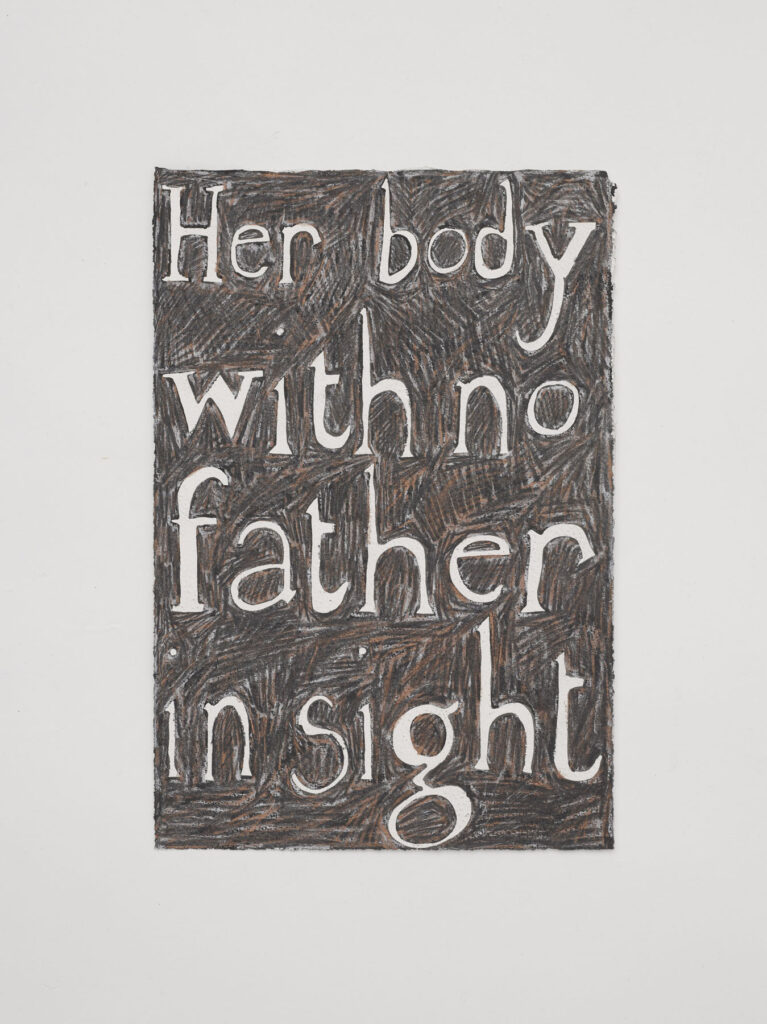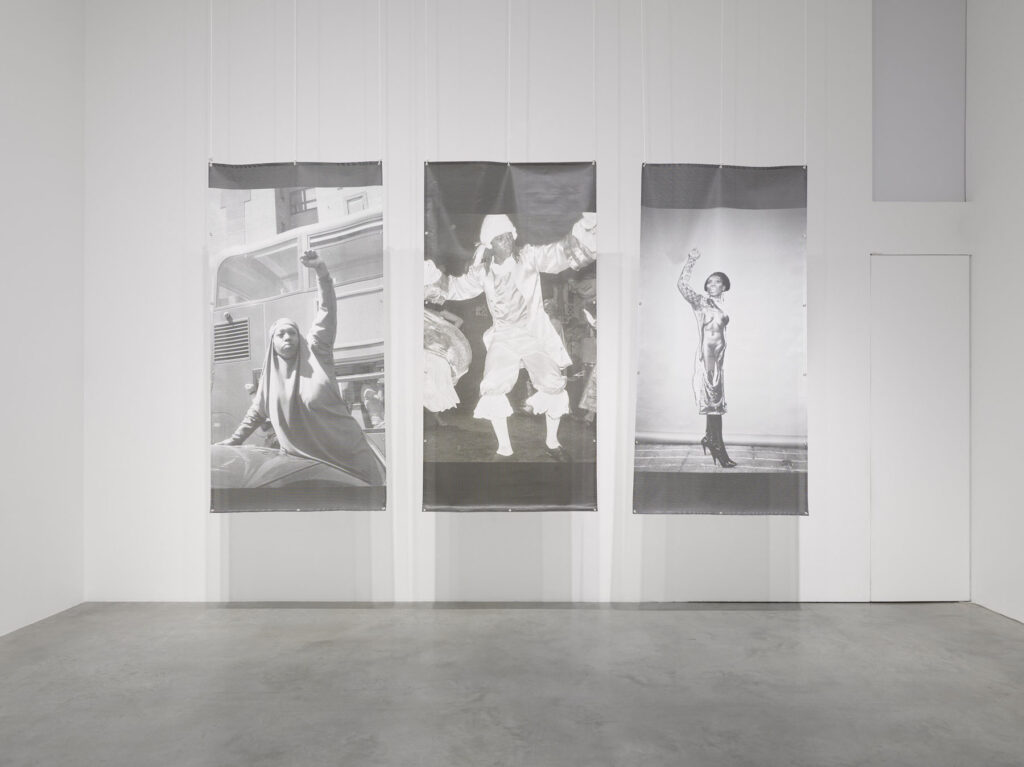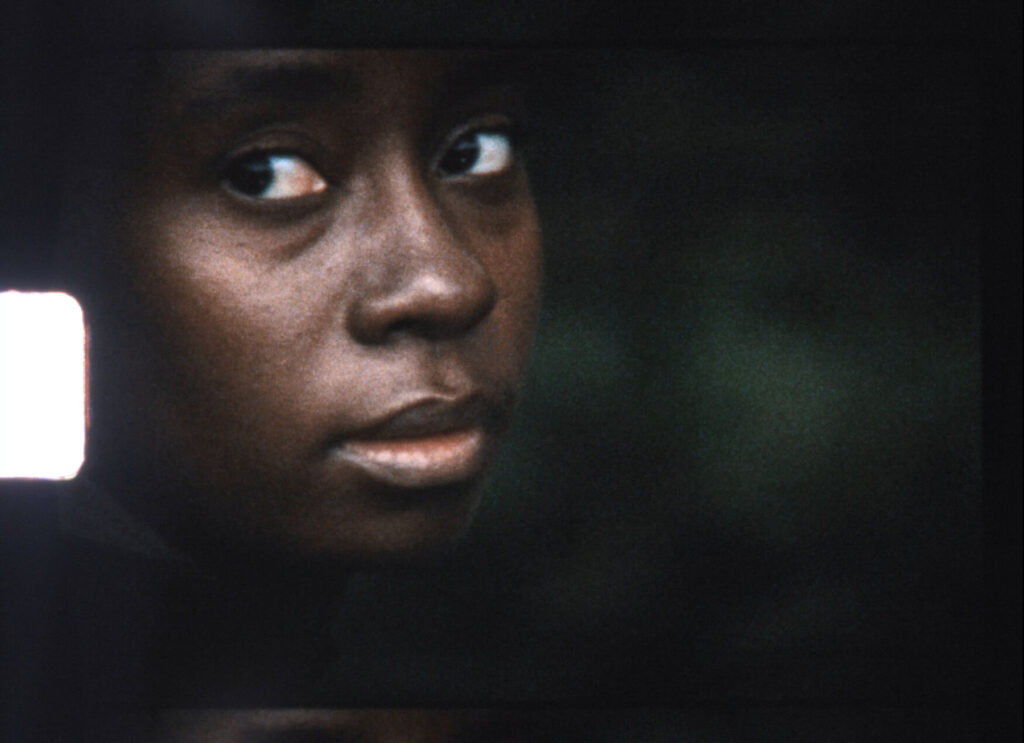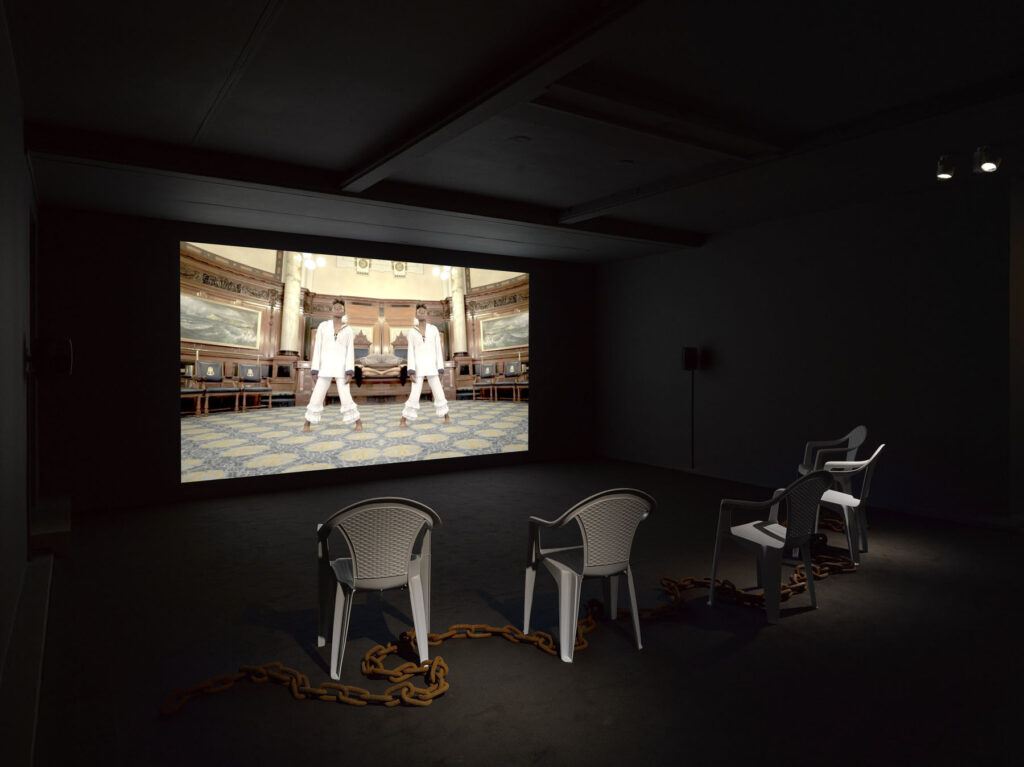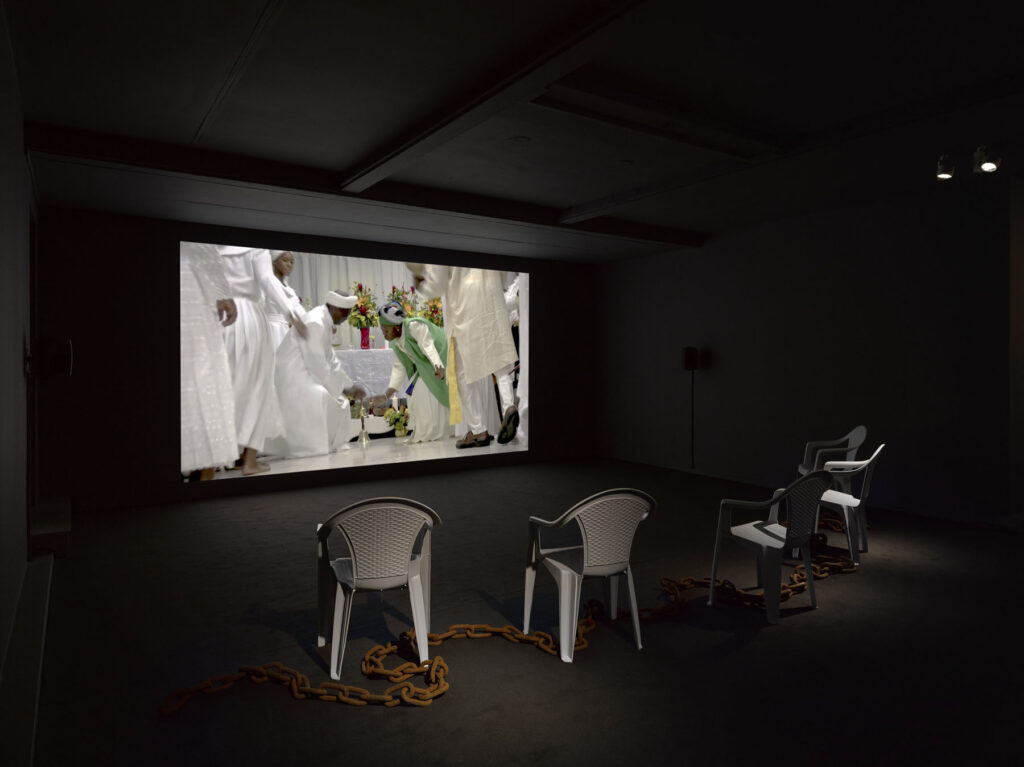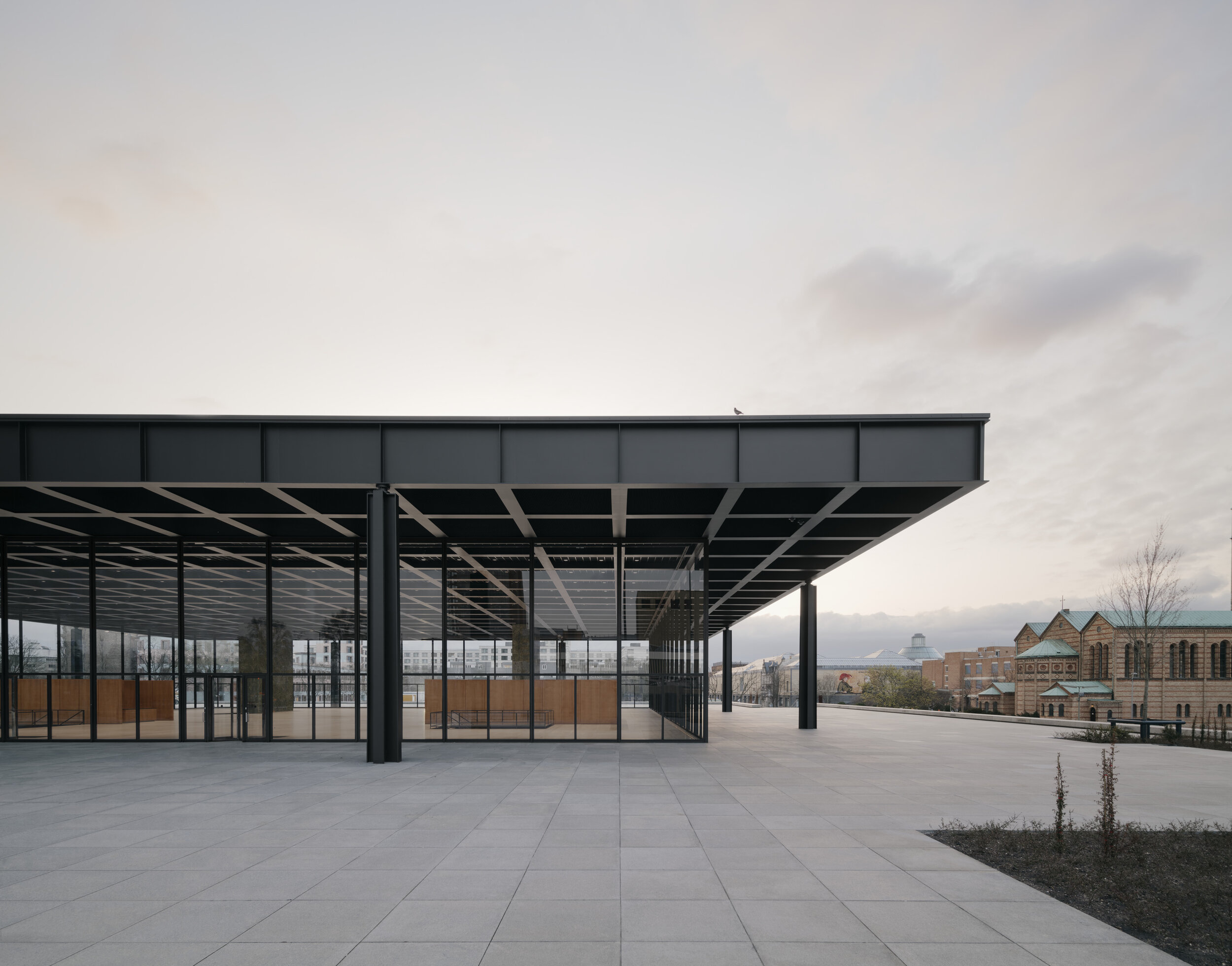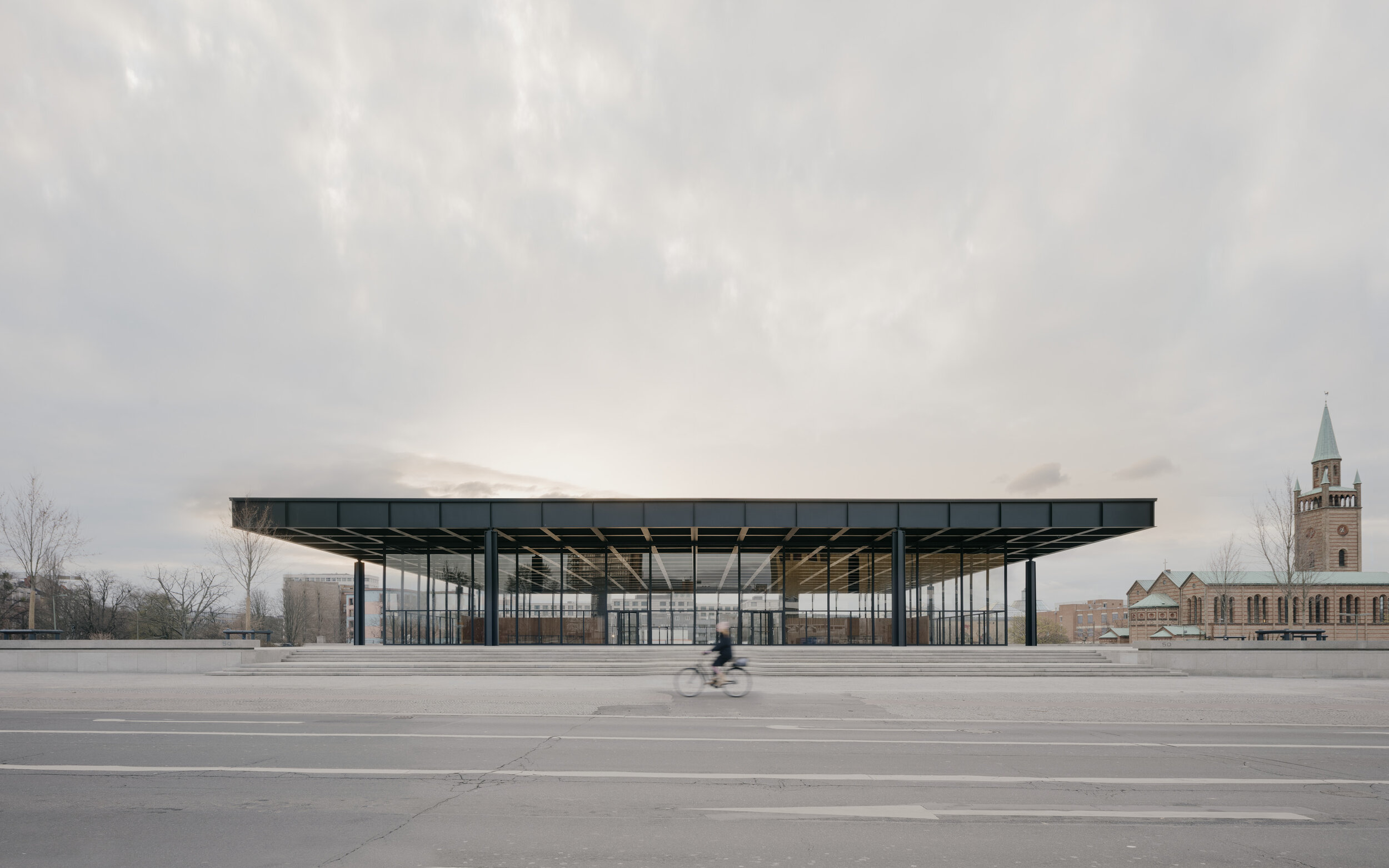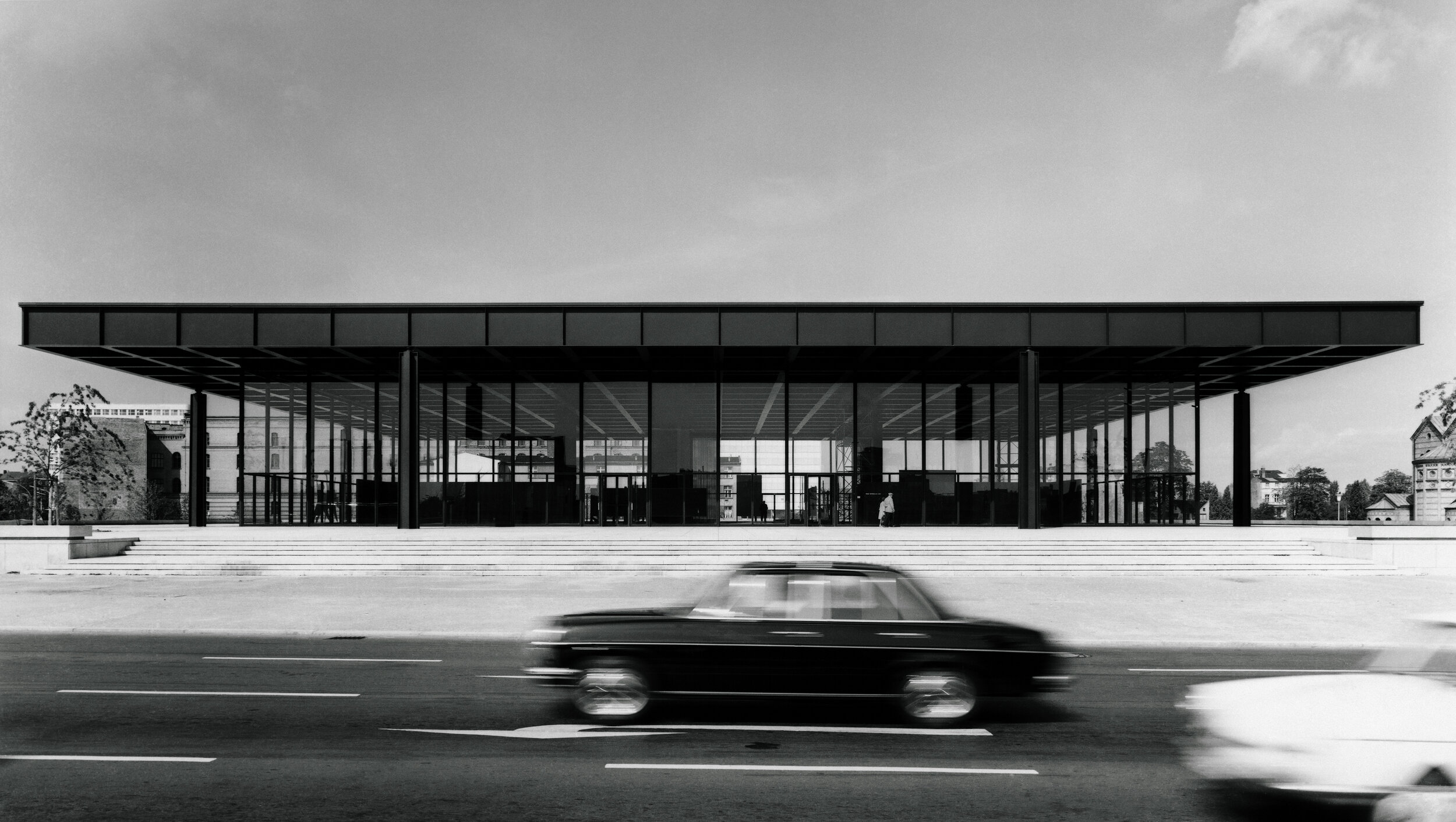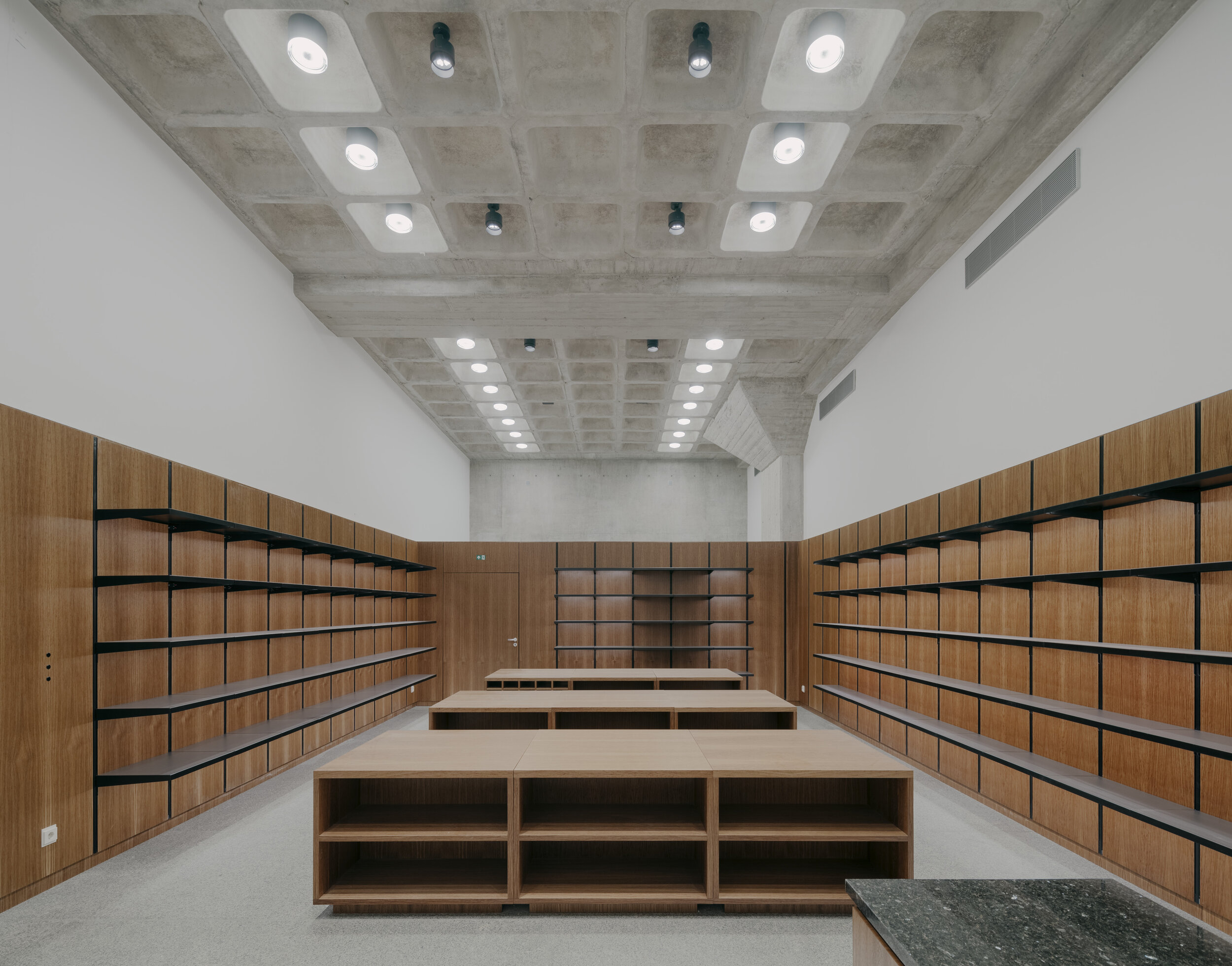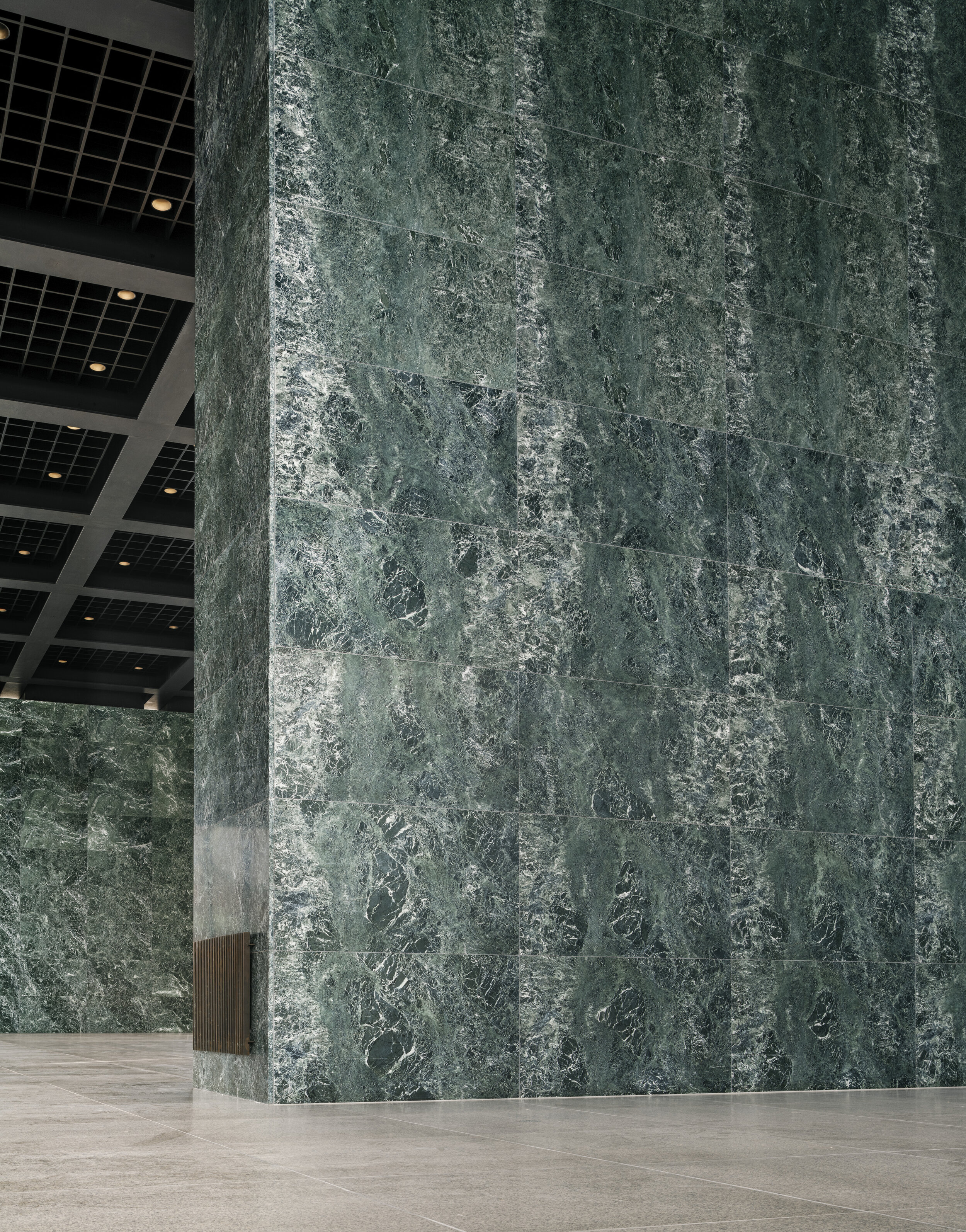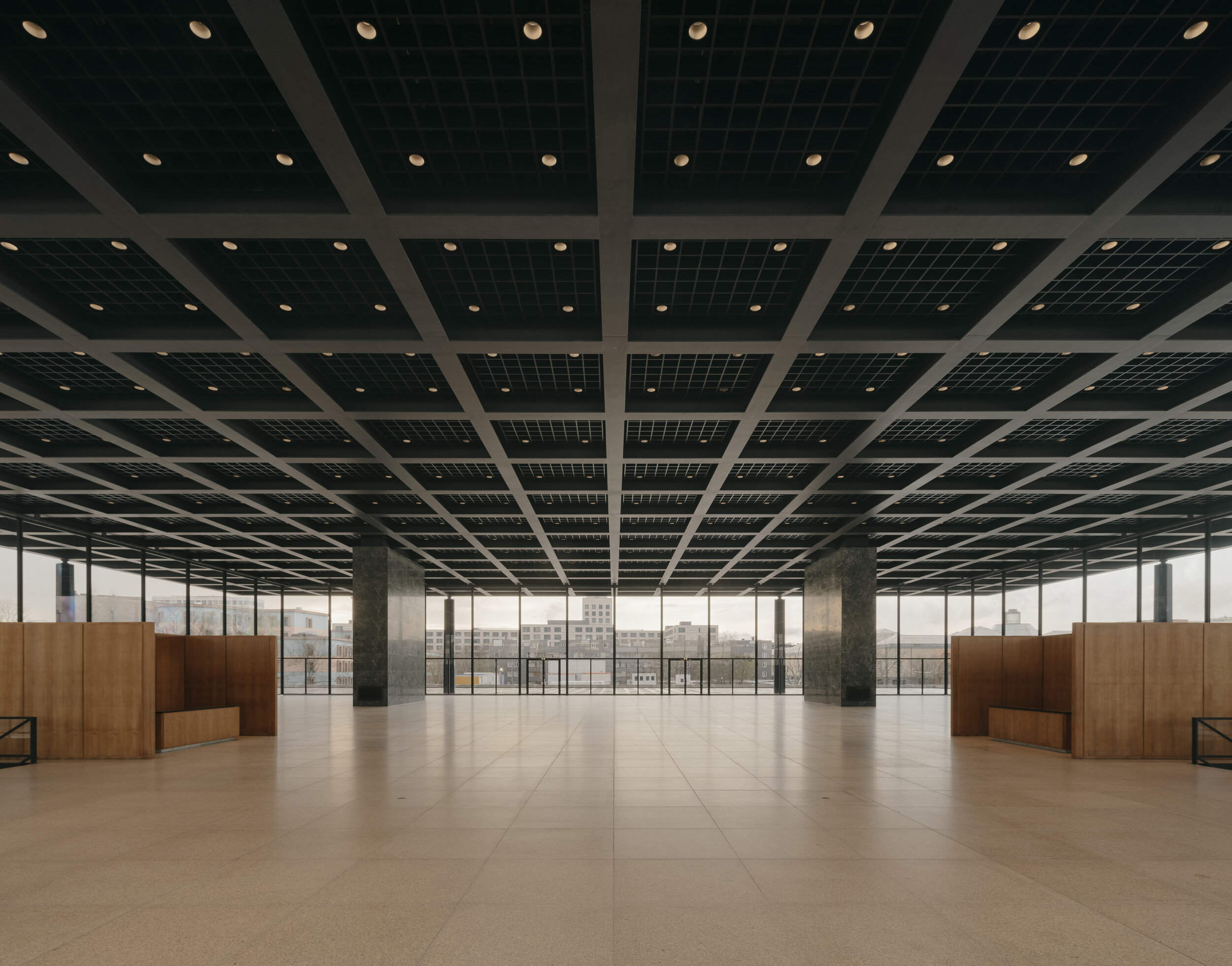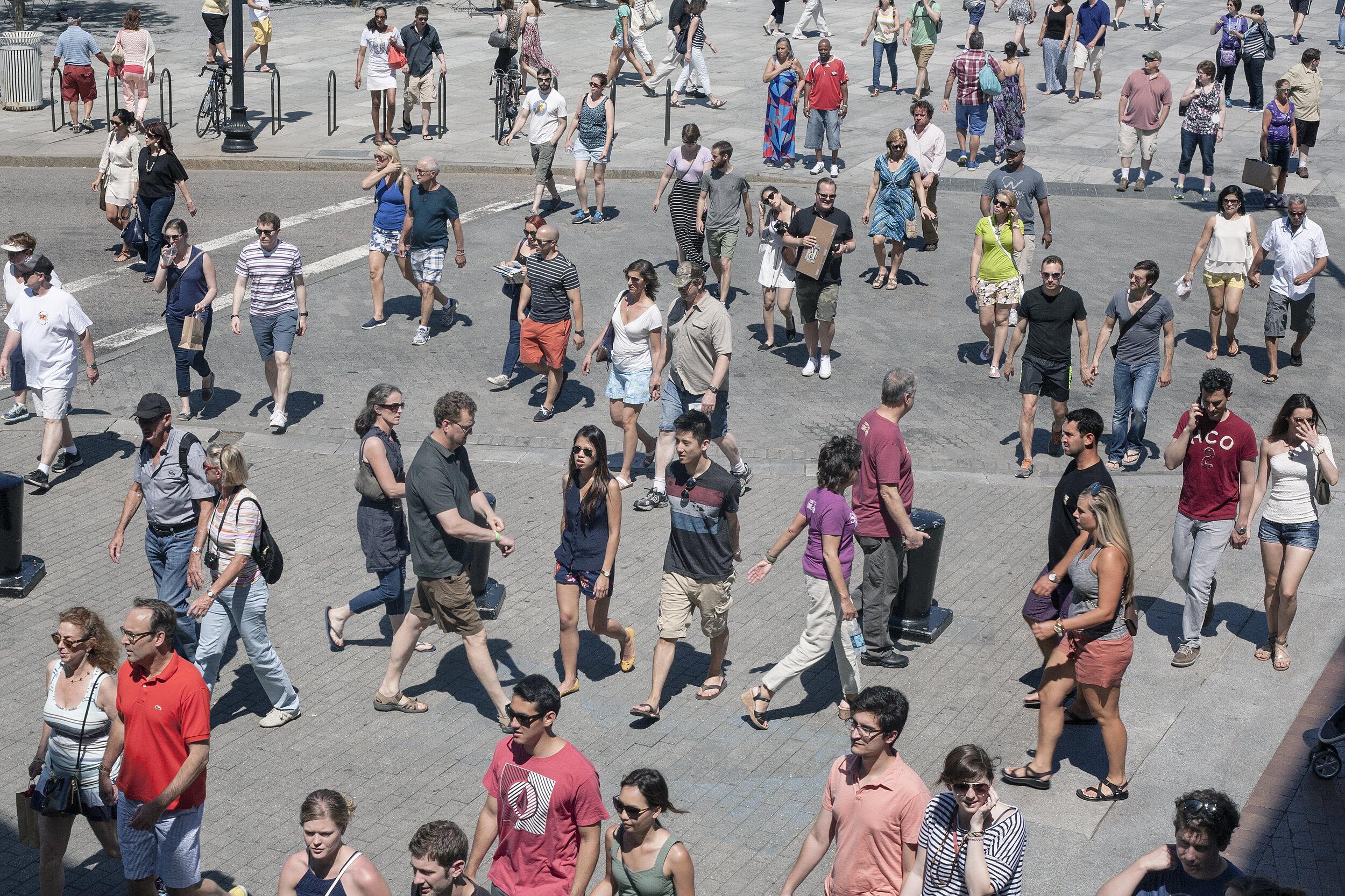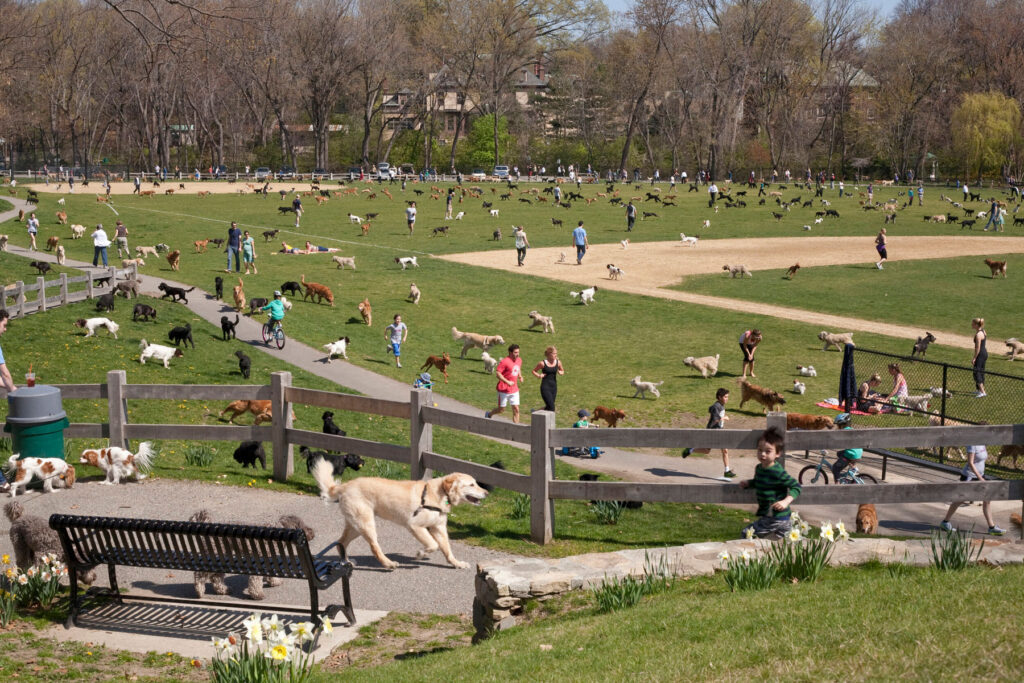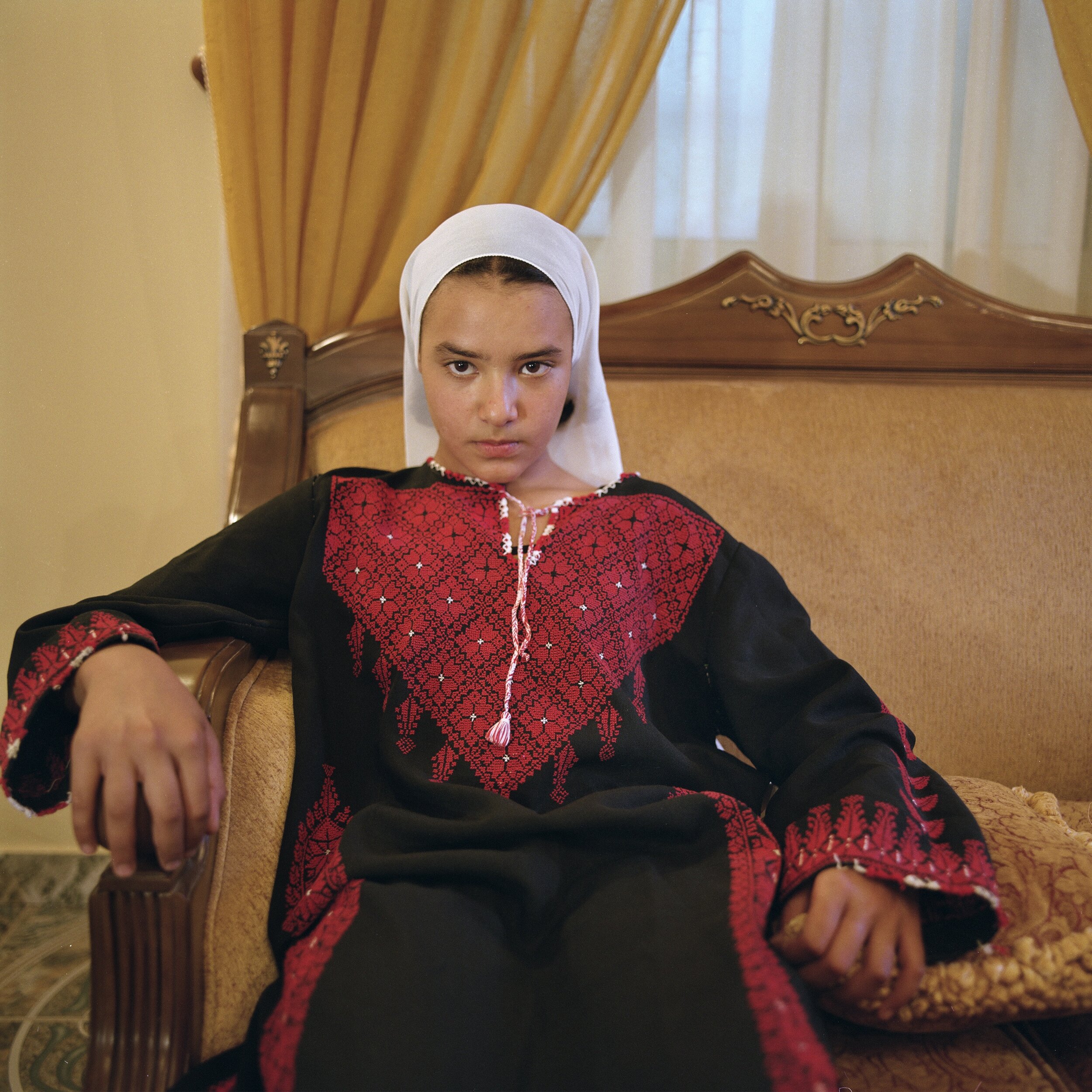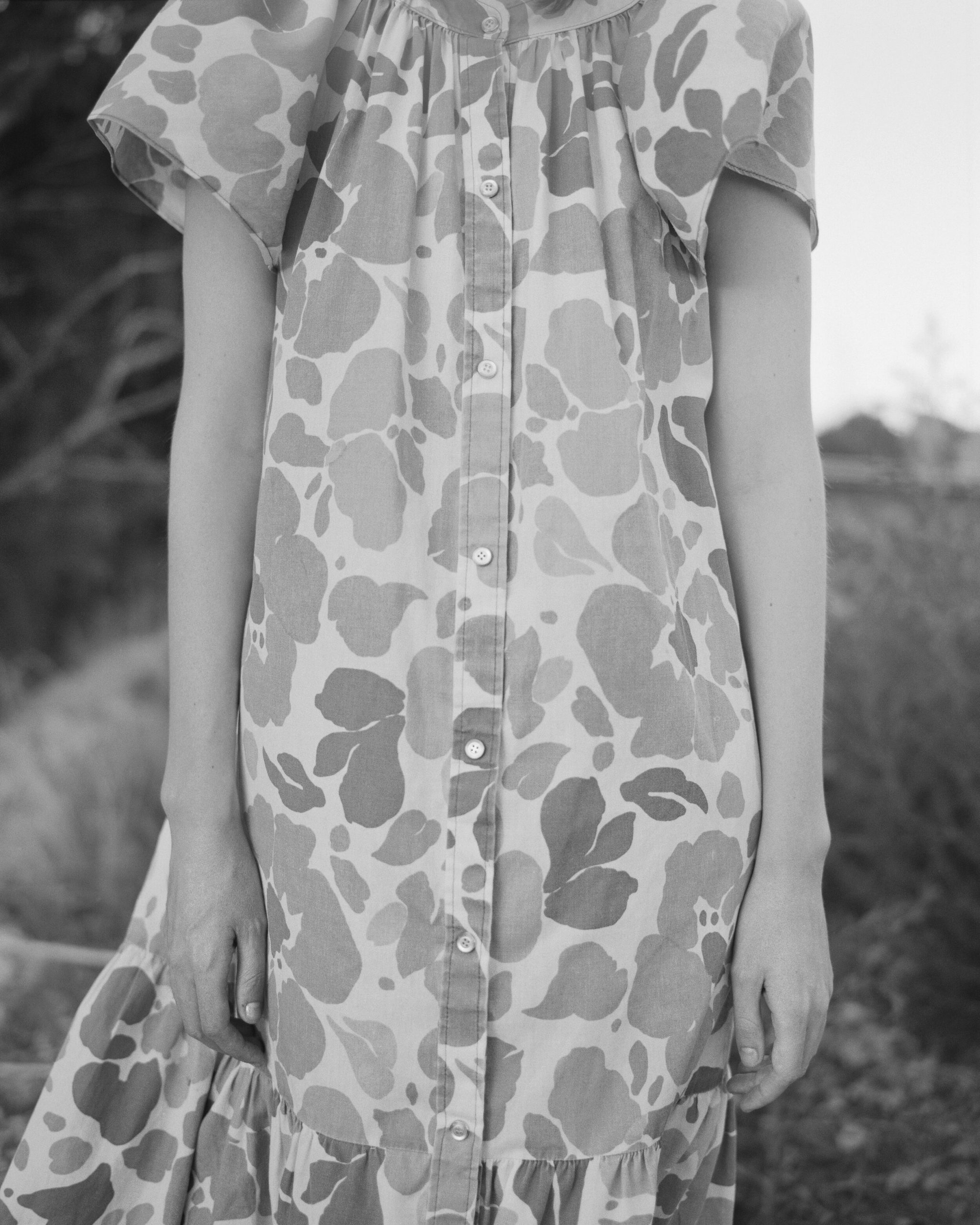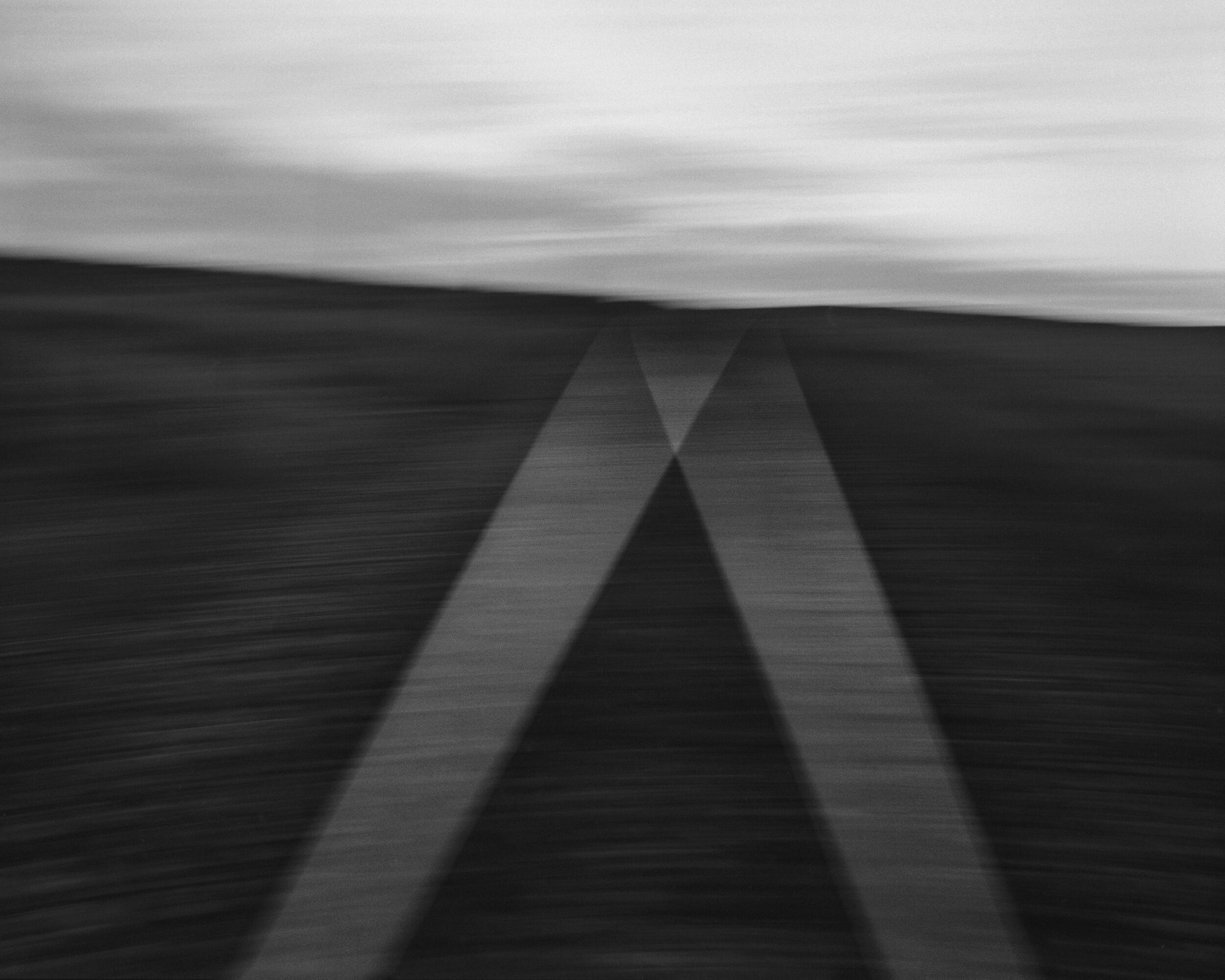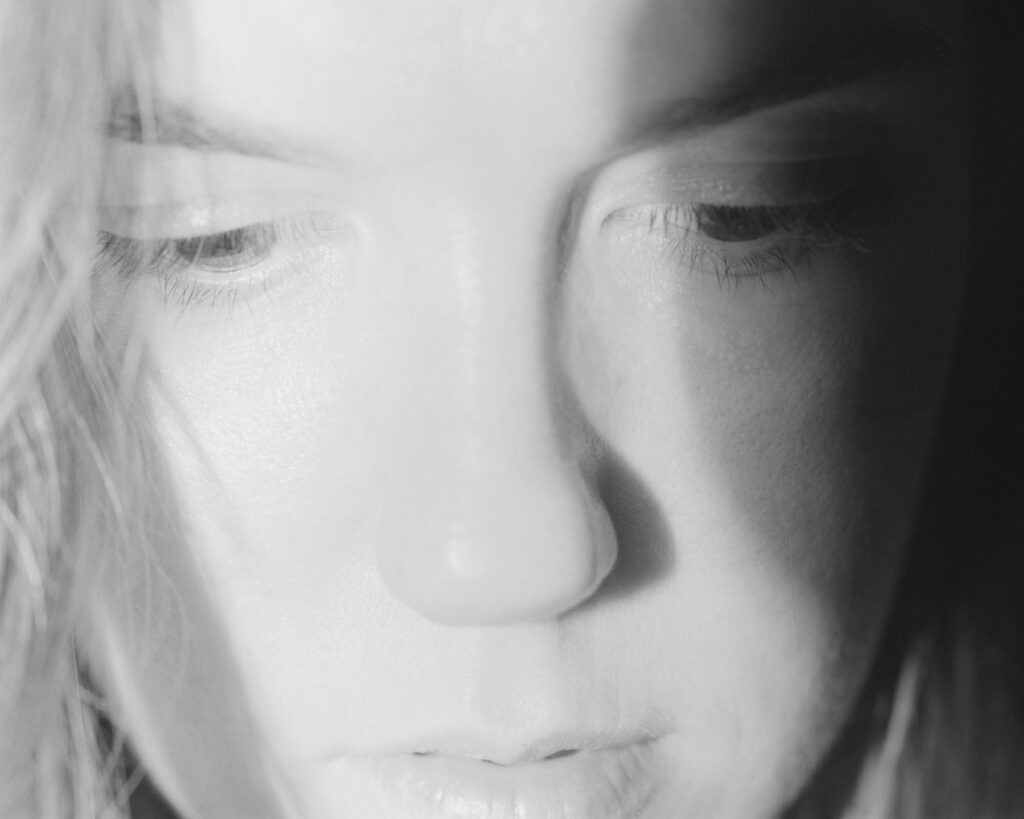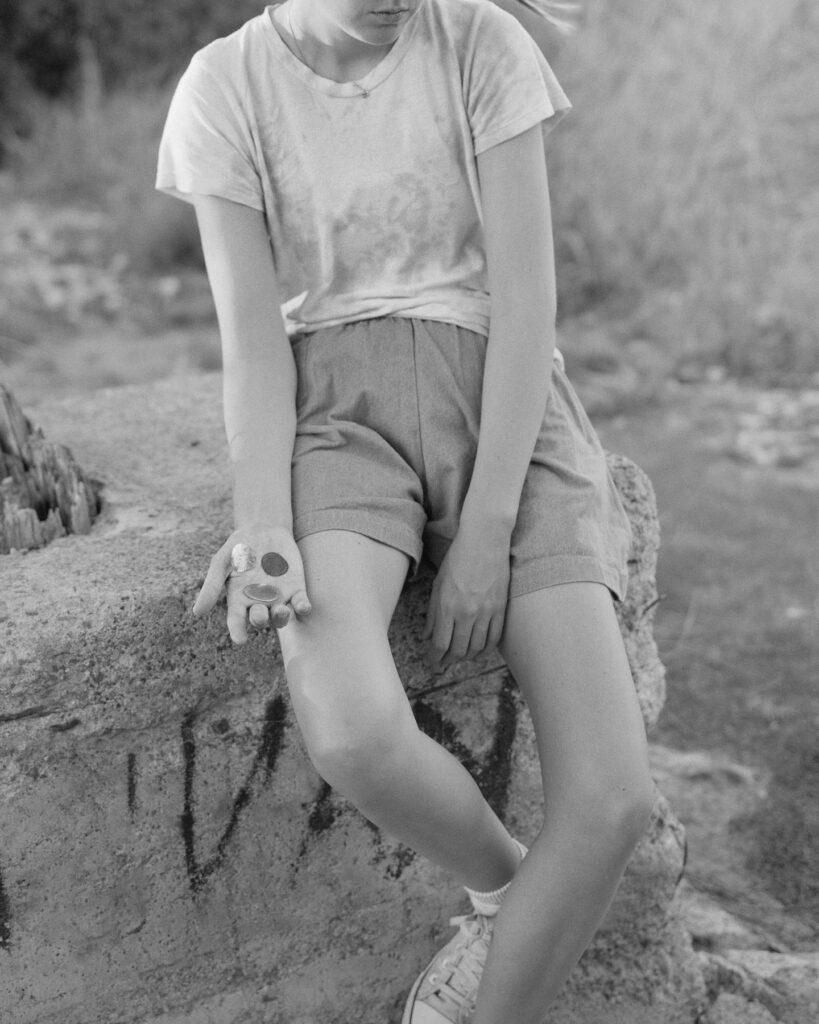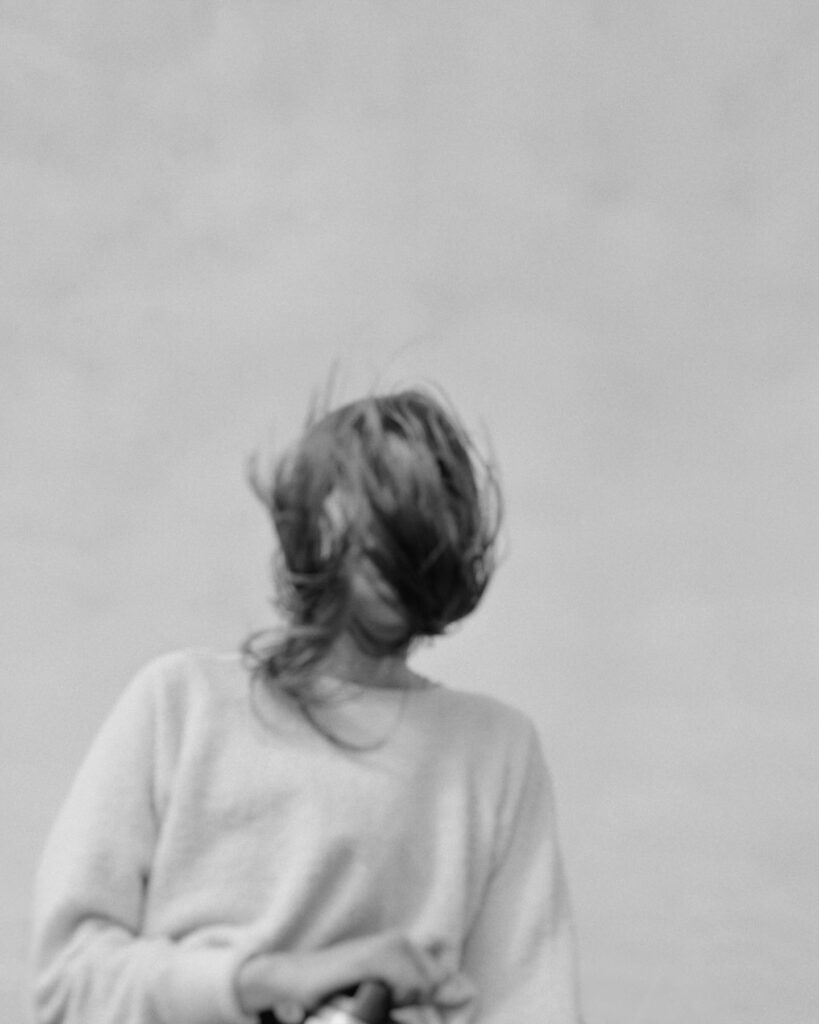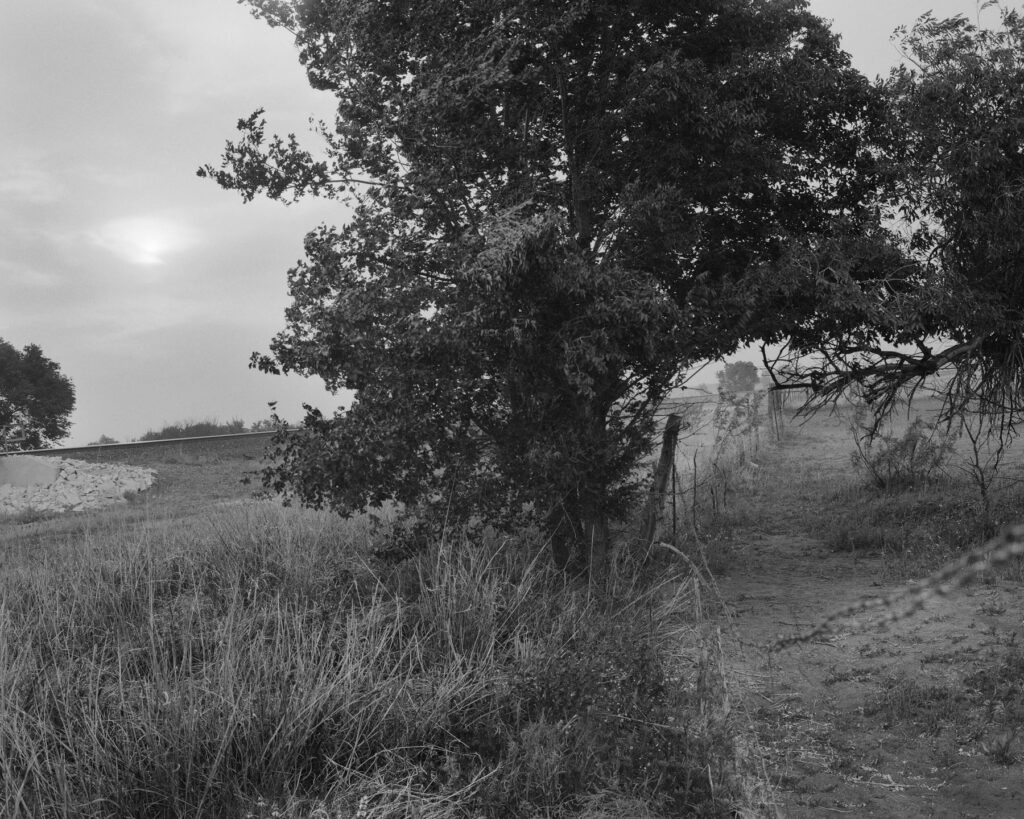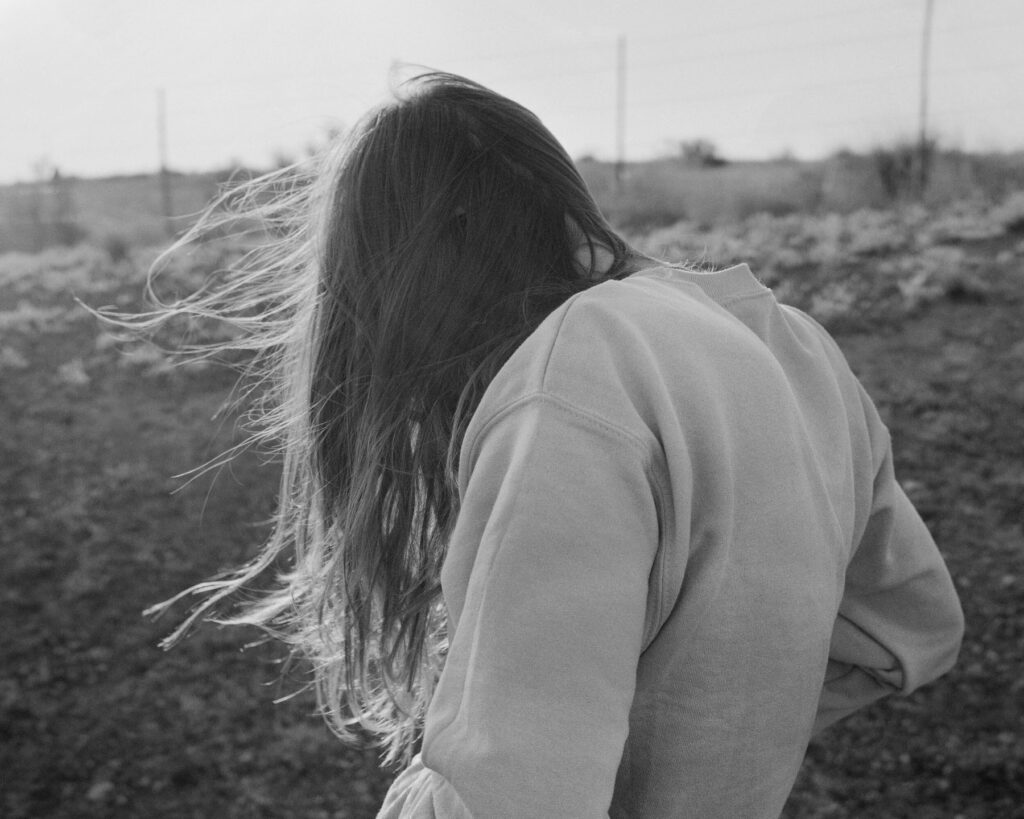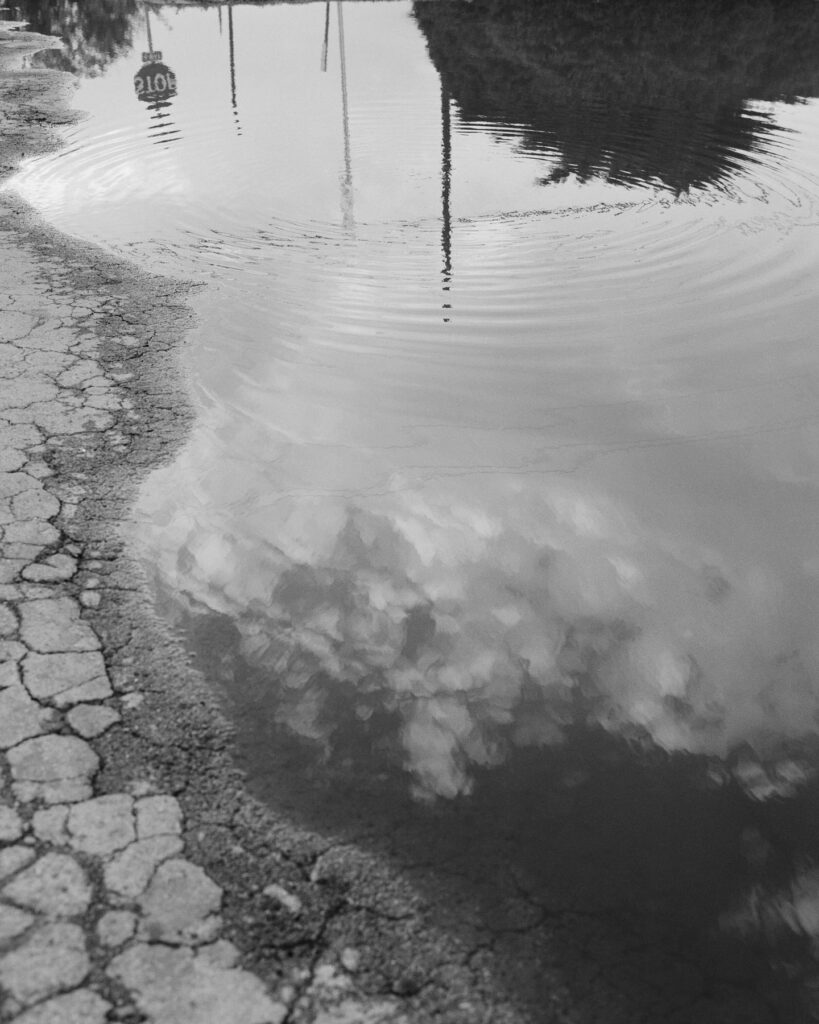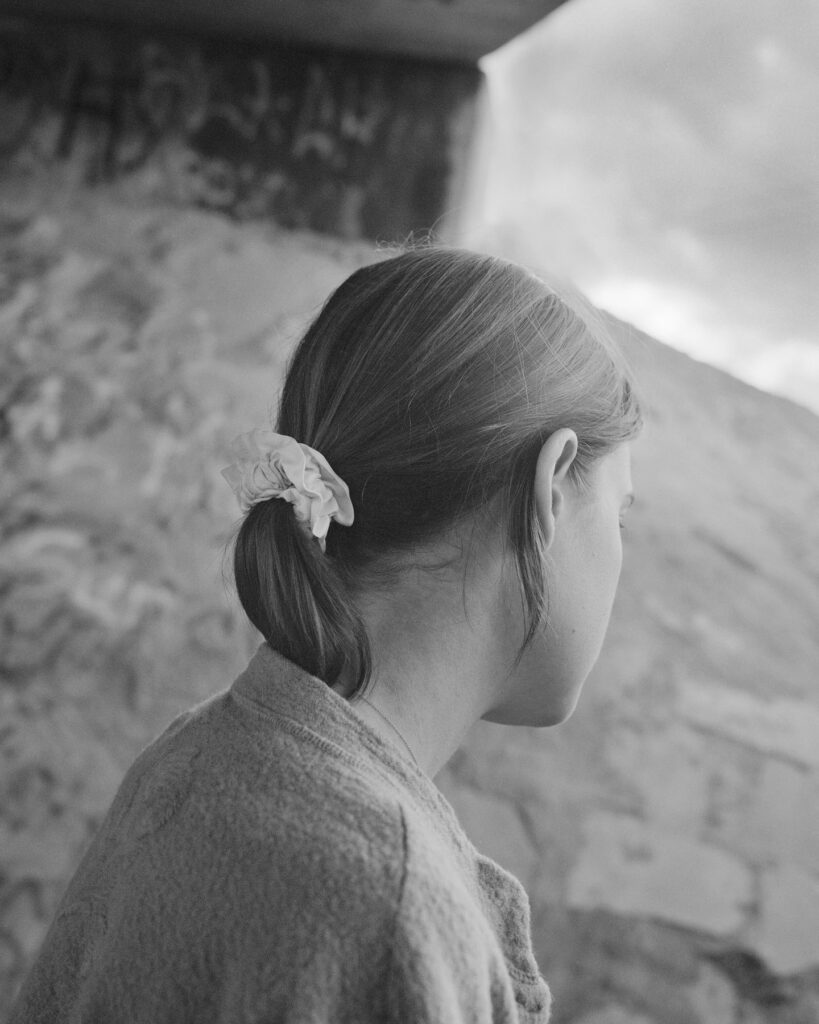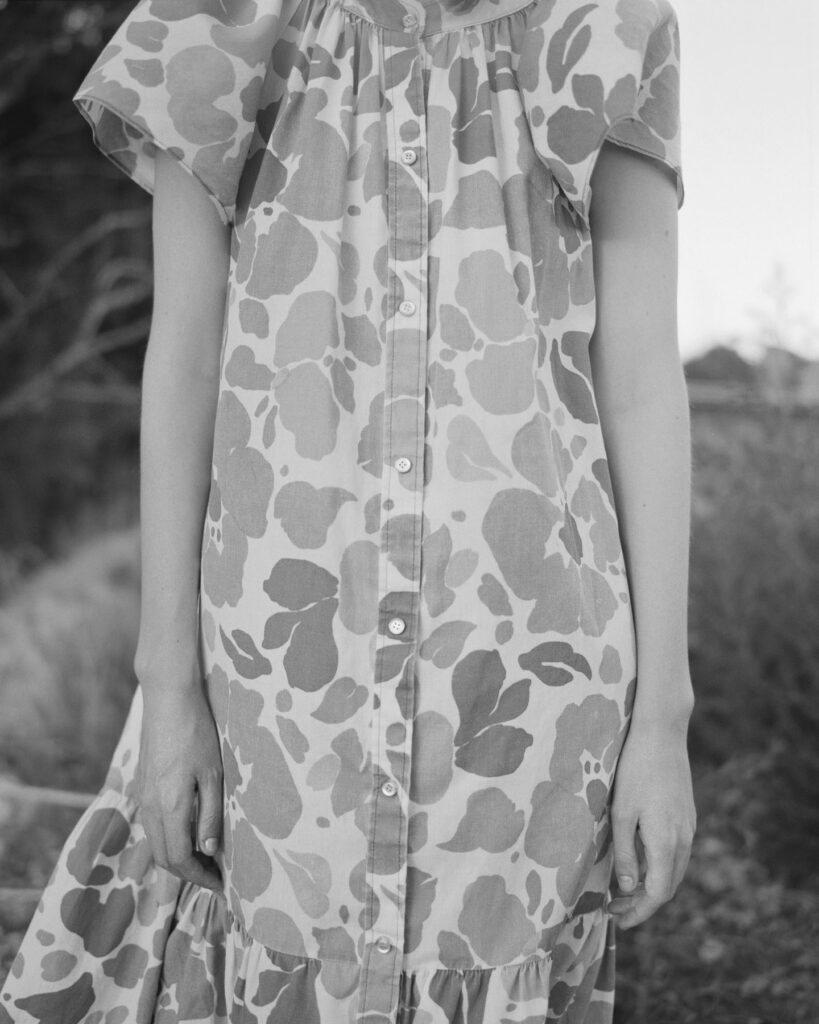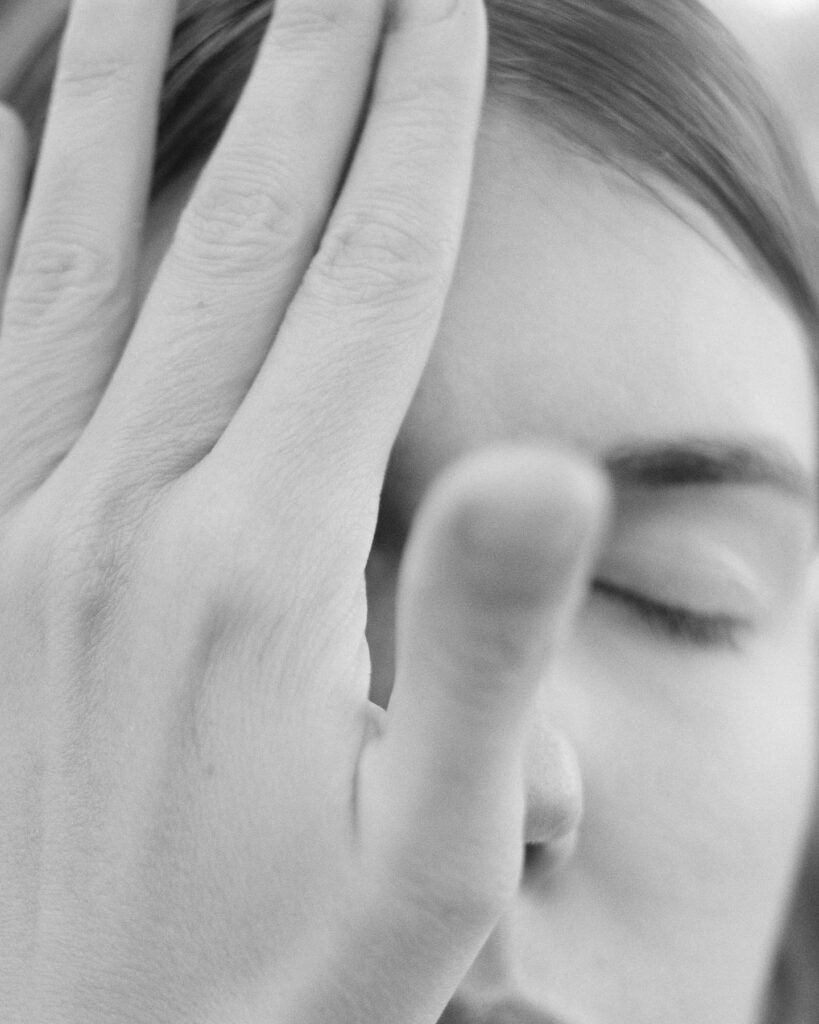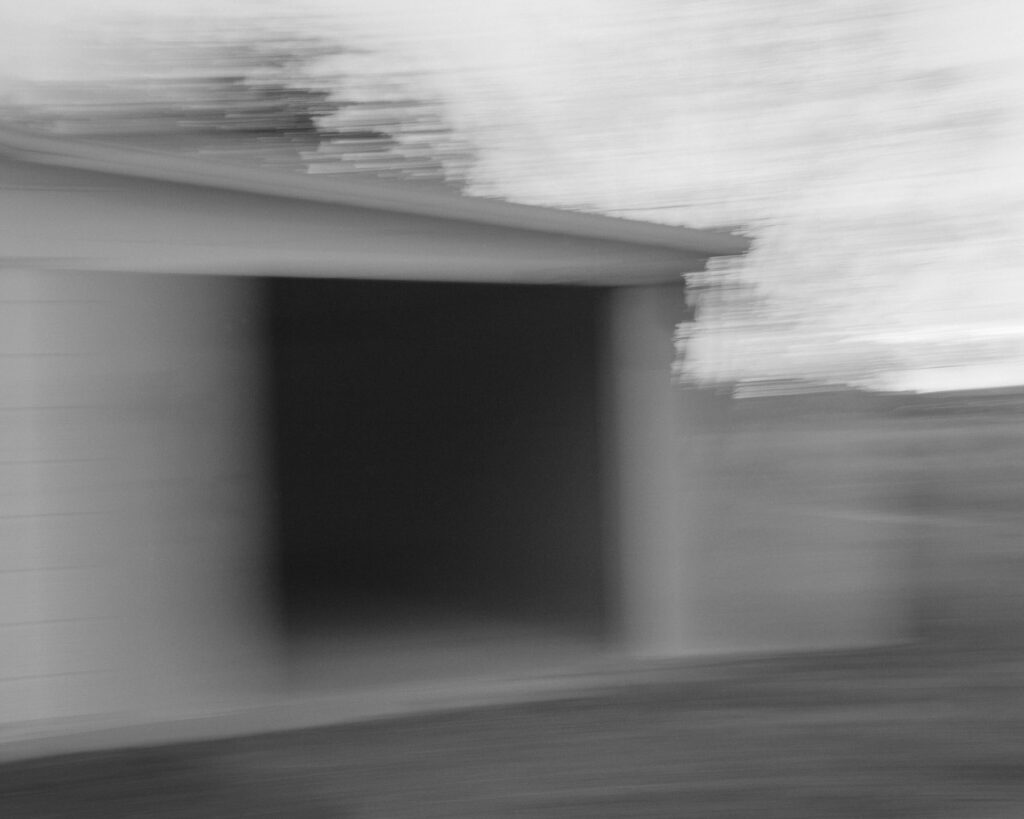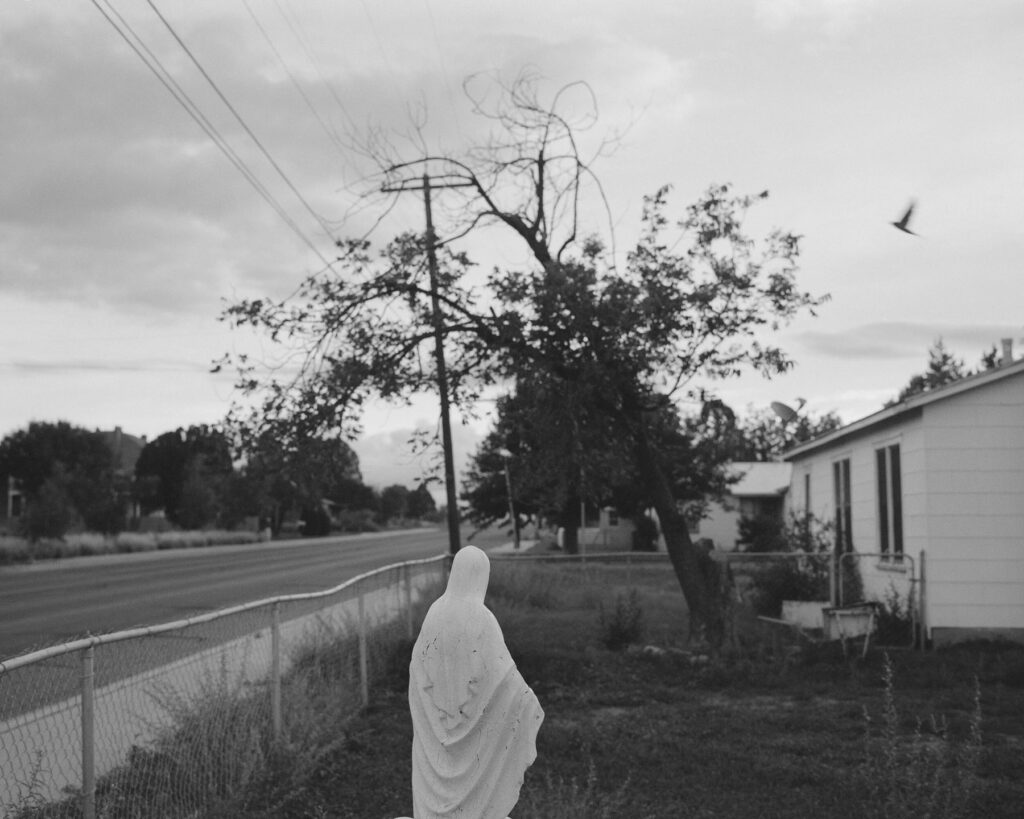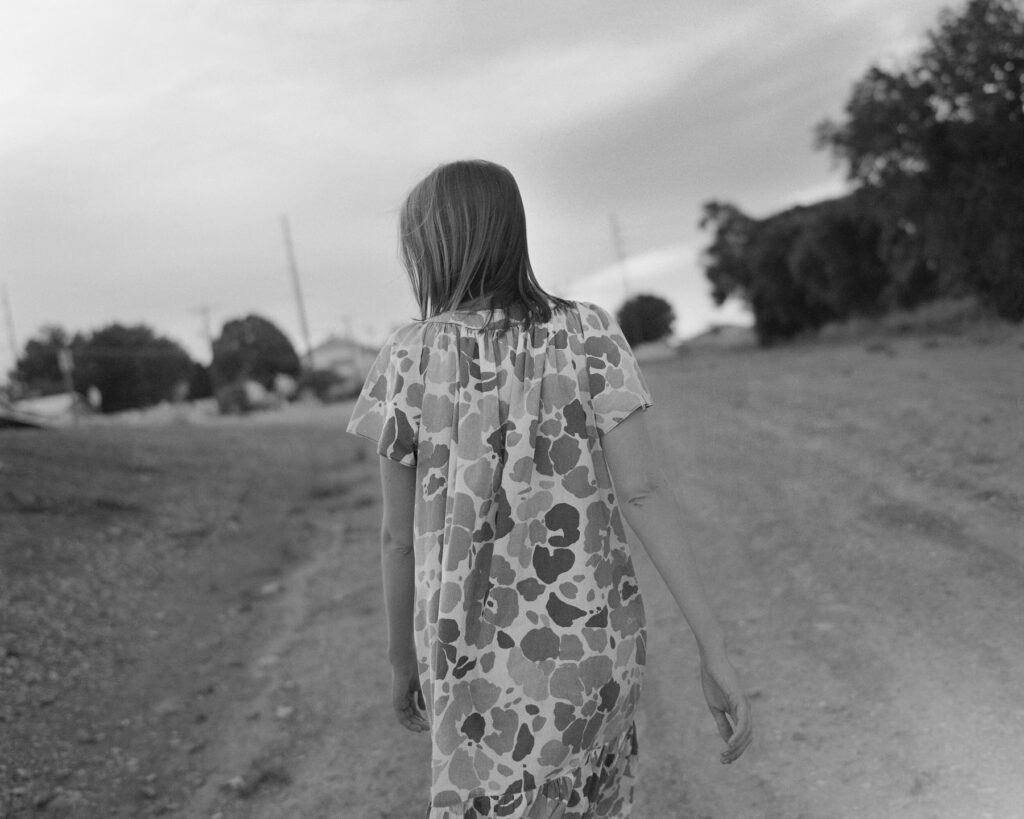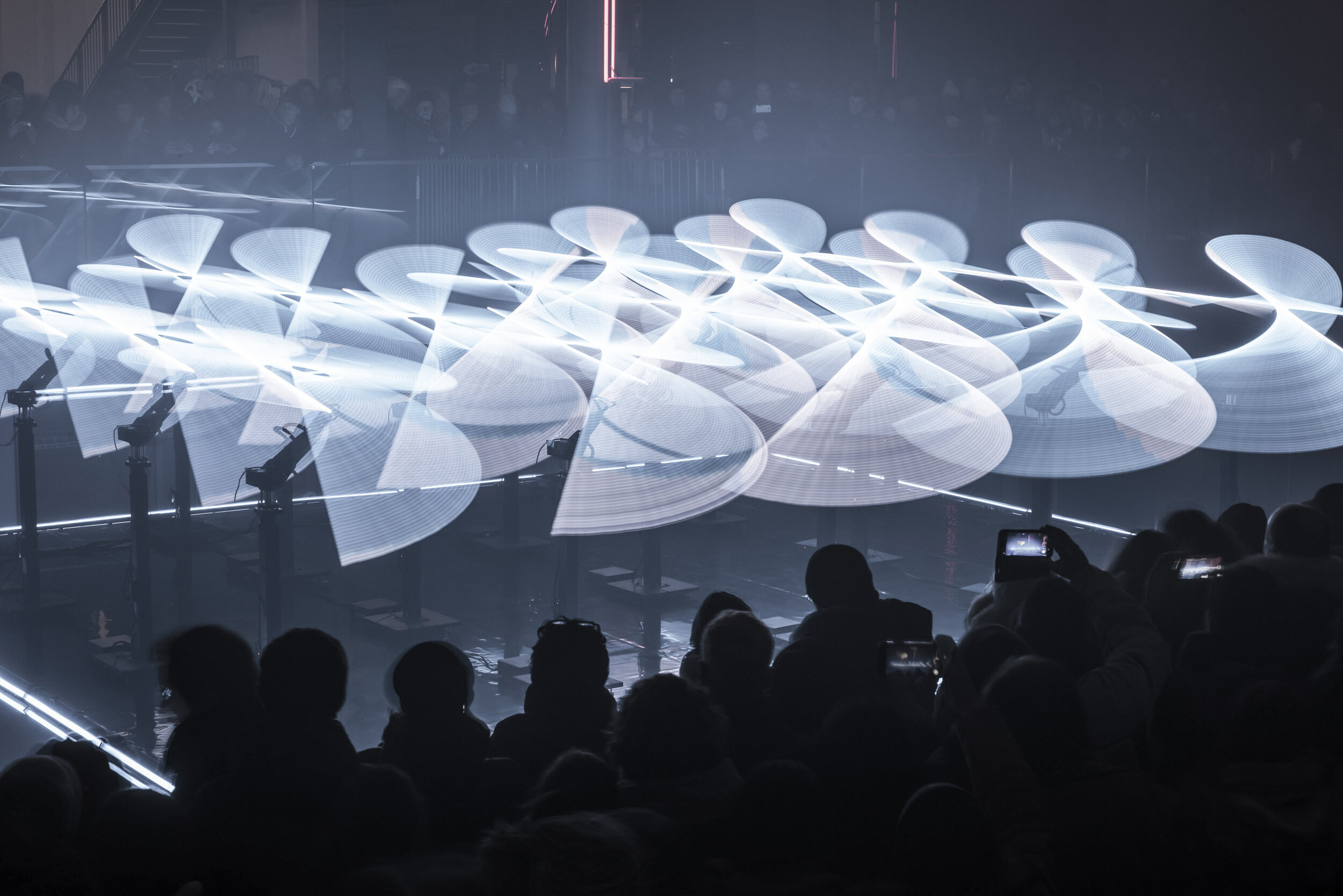
«We don’t have the pretense to guide people younger than us, because we can also learn a lot from a new generation, born « connected »»
Rods of light twirl and twist, a line of hula hoops loop around each other in a mesmerisingly technical dance, a gallery space is transformed into a kinetic universe of projected images, all to hypnotic soundtracks of electronic and classical music. Collectif Scale is a group of artists and technicians based in Paris who pool their respective knowledge and experience to create cutting-edge augmented installations. Since their beginning, they have “questioned the links between music and the visual, light and architectural design, entertainment and contemporary art, nature and the future, man and machine.” They seek to provide the answers to these questions through their installations. NR Magazine spoke to the collective about their practice.
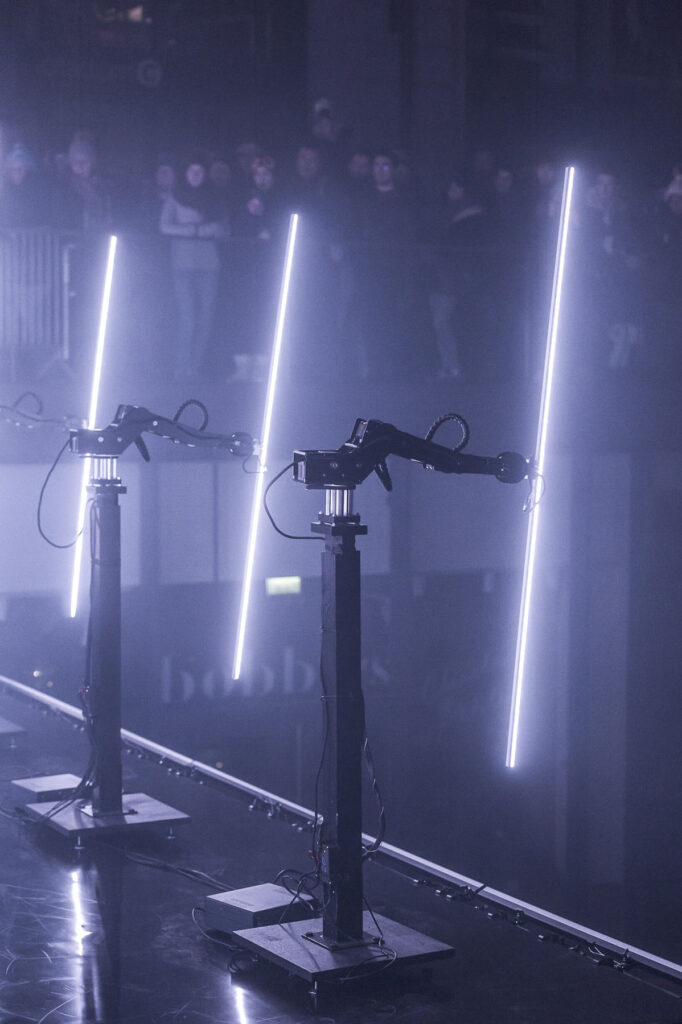
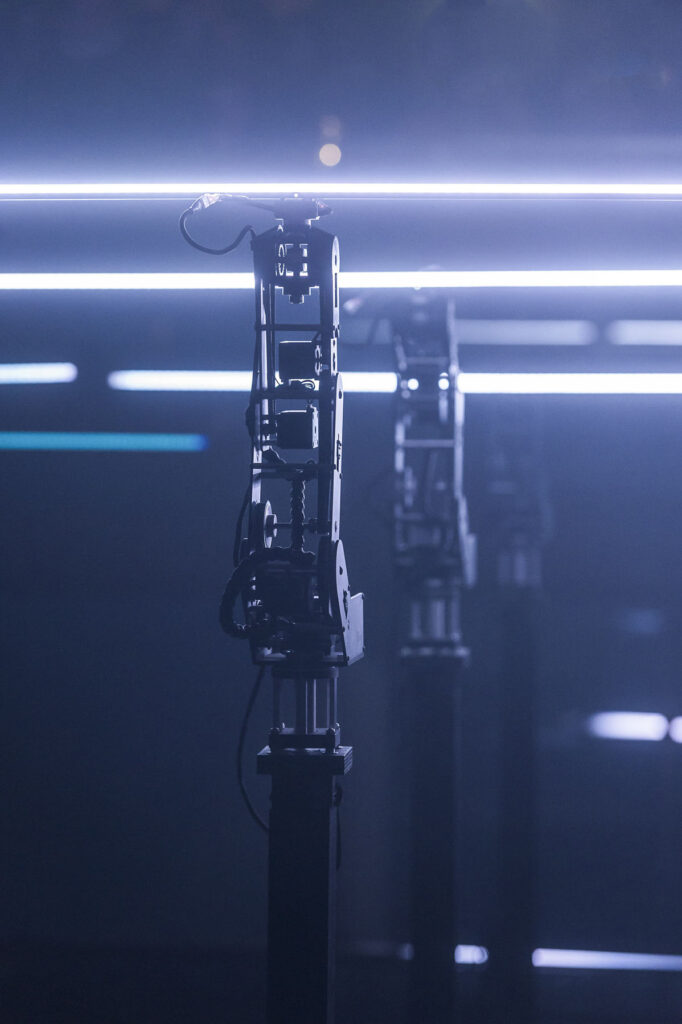
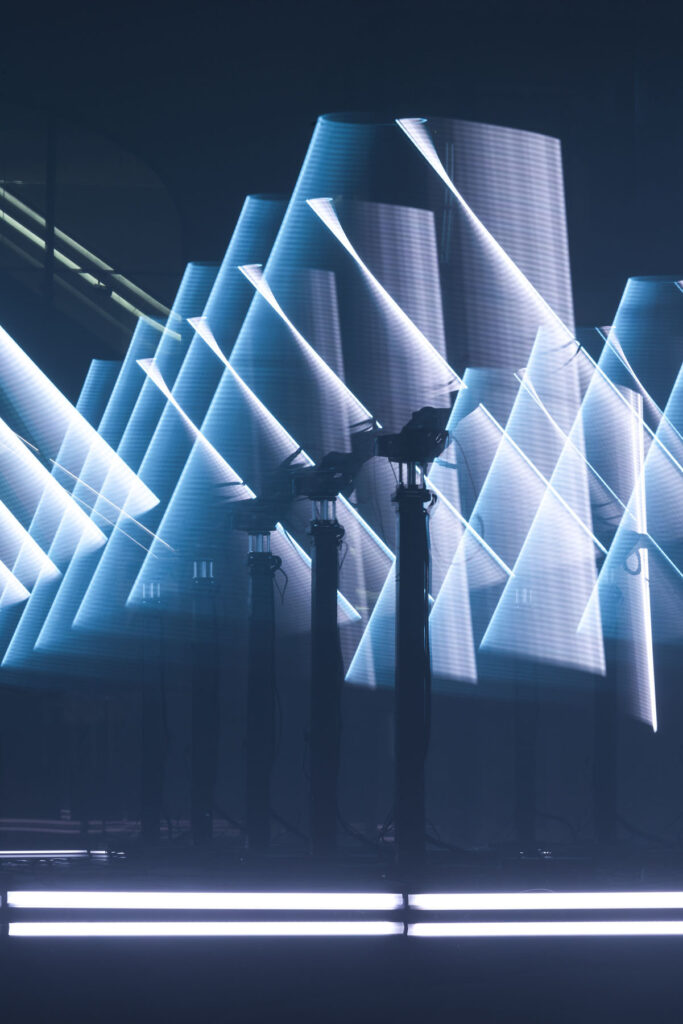
Your CODA installation has been described as ‘the ballets of robots’. How do you feel about this description and do you think it’s accurate.
The starting point of CODA was to work around with the idea of a choreograph of lights and create a piece like a dance show or a ballet, where we would replace the body of dancers with robots and light. But even if many people see in CODA a reference to pop-culture, such as Star Wars or video games, our first idea was to produce a ballet of lights, more than a ballet of robots.
You state the collective does not individually define themselves as artists. What do you define yourself as?
Scale is just the pseudo of a visual designer and this designer happens to be a collective of friends. As we produce different kinds of installations, from scenic scenography for live shows to pieces for art exhibitions, we don’t like to describe ourselves as artists but prefer to consider ourselves as creative technicians or just scenographers.
You have said that the current health crisis has complicated presenting to the public. Would you consider making outdoor installations?
Since the crisis, most of the festivals or productions try to match with some new rules (outdoor exhibition, outdoor festival, etc…) In order to continue showing installations, we have just finished our first outdoor and waterproof installation. We also have decided that our future installations must be outdoor compatible in any case.
Do you draw inspiration from other artists or creatives when conceptualising your work?
Not really. Most of the artists and collectives are connected, like us, to these social networks, so we can see what is produced all around the small world of new media art. When we are looking for a new idea, in general, as much as possible, we try to imagine something that has never been produced. In the end, we can say that the work of the others allow us to create new things because we don’t want to reproduce something existing.
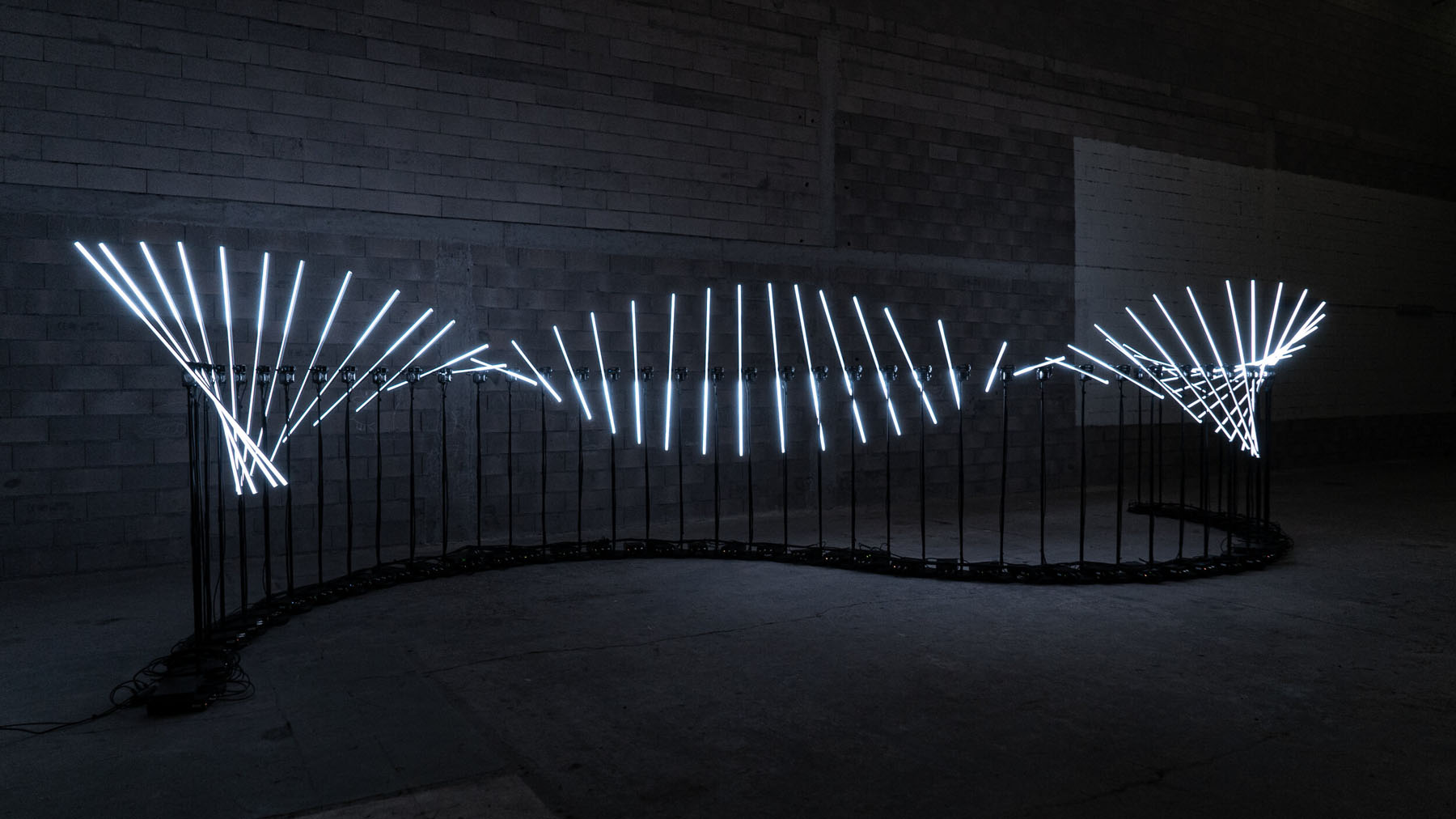
What was the most difficult project you worked on, what are some of the challenges you faced and how did you overcome them?
CODA was probably the most challenging project because it was our first project using motors. After 10 years of using video and LEDs, it was quite difficult to appropriate a new medium. Using motors, bots and mechanics involved a lot of physical constraints (torques, gravity, collisions, kinetic, etc..) We had to work and learn a lot to produce CODA and be able to control robotic arms in real-time and on stage. It reminded us of when we were in school. You open a book, you read, you learn, you try, you experiment, etc…
In the end, CODA is a perfect synthesis of the last 10 years of learning and experimenting. Even if we had the idea 3 years ago, we could never have produced it before, because of our lack of skill and the accessibility to those robotic technologies. We are happy because it really marks the end of a period and the start of something new and very exciting. CODA is maybe our best cocktail of poetry and technology.
You have said it is possible to live with technology but not nature. Are there particular patterns or structures in nature that you reference in your work?
When you’re using robotic arms like CODA, it’s a reference to nature because a robotic arm is a bad copy of the human body’s mechanics. Beyond this idea, we think that nature is, in any case, very inspiring. From an artistic point of view, nature always produces the most beautiful things one can see: a dancer will always be more beautiful than a robot, an eclipse will always be more impressive than a projector. From a technical point of view, physics, mathematics and sciences are there to explain and decode to us how nature works, because nature is always more advanced than human knowledge. We feel it’s natural to draw inspiration from nature more than other artists, and also there’s no problem with copyright.
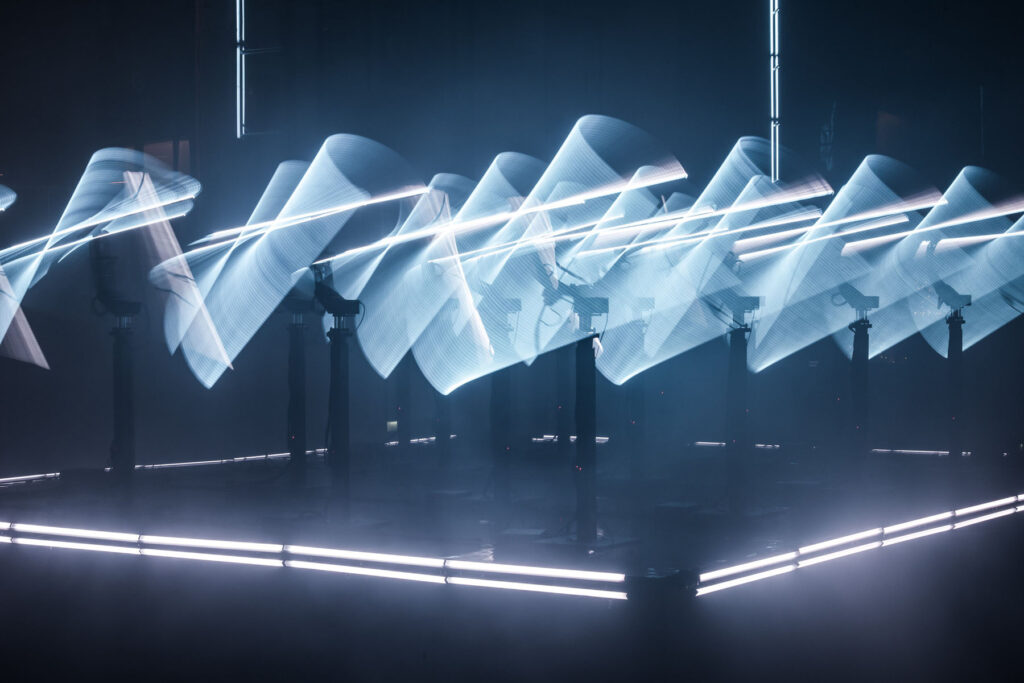
You mention the group’s love of video games and that there is a level of interactivity between your work and the public. Do you have any plans to create fully interactive, game-like works in the future?
For many years, we’ve talked about the idea to produce an art piece that looks like a game, including levels, gameplay, etc… We still haven’t found the right idea but we’re working on it. More than video games, we are also very inspired by roller coasters and amusement parks. It would be a dream to customise a roller coaster, to make it interactive and for it to become an art installation.

What was the most exciting project you worked on as a collective and why?
In the beginning, each new project seemed more exciting than the previous one haha. It’s only after several months that we realise if that one project was really exciting or not. The most exciting one was probably when La Gaité Lyrique, a famous place for digital art in Paris, asked for us to produce an entire exhibition, our first one, in 2014.
Do you have any advice for young creatives looking to create ‘augmented art’?
We are still young ;). We don’t have the pretense to guide people younger than us, because we can also learn a lot from a new generation, born « connected ».
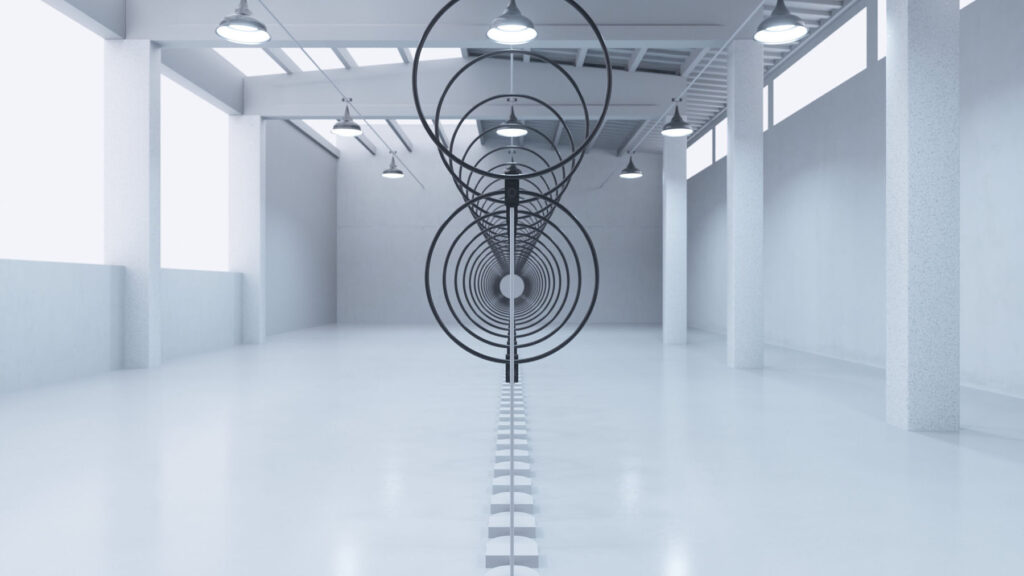
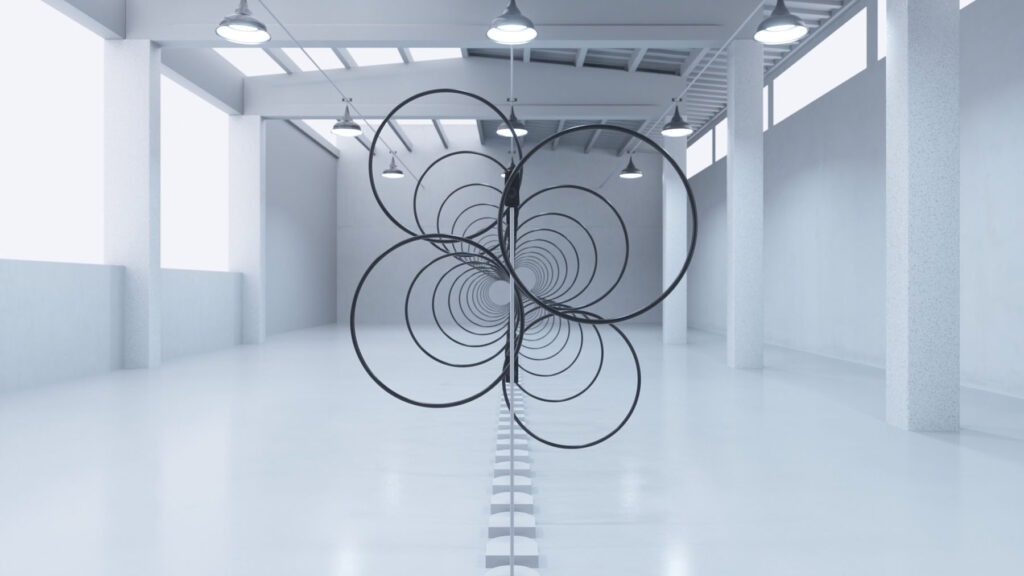
Are you working on any projects at the moment and do you have anything planned for the future?
We have just finished a new installation the last week. The tours, festivals and exhibitions seem to be starting again in few weeks so we will probably be on the road once more, and will try to show something in real life.
